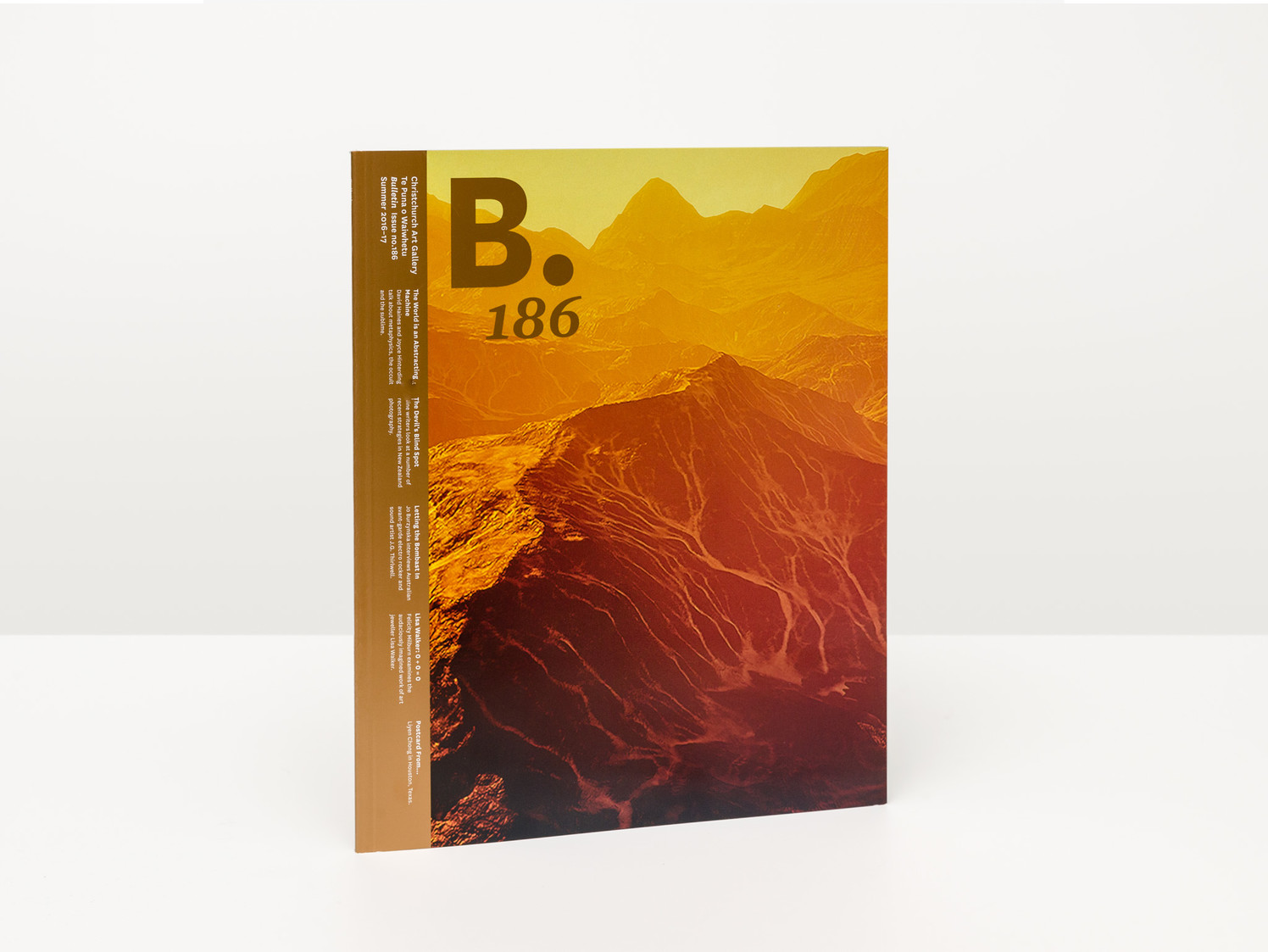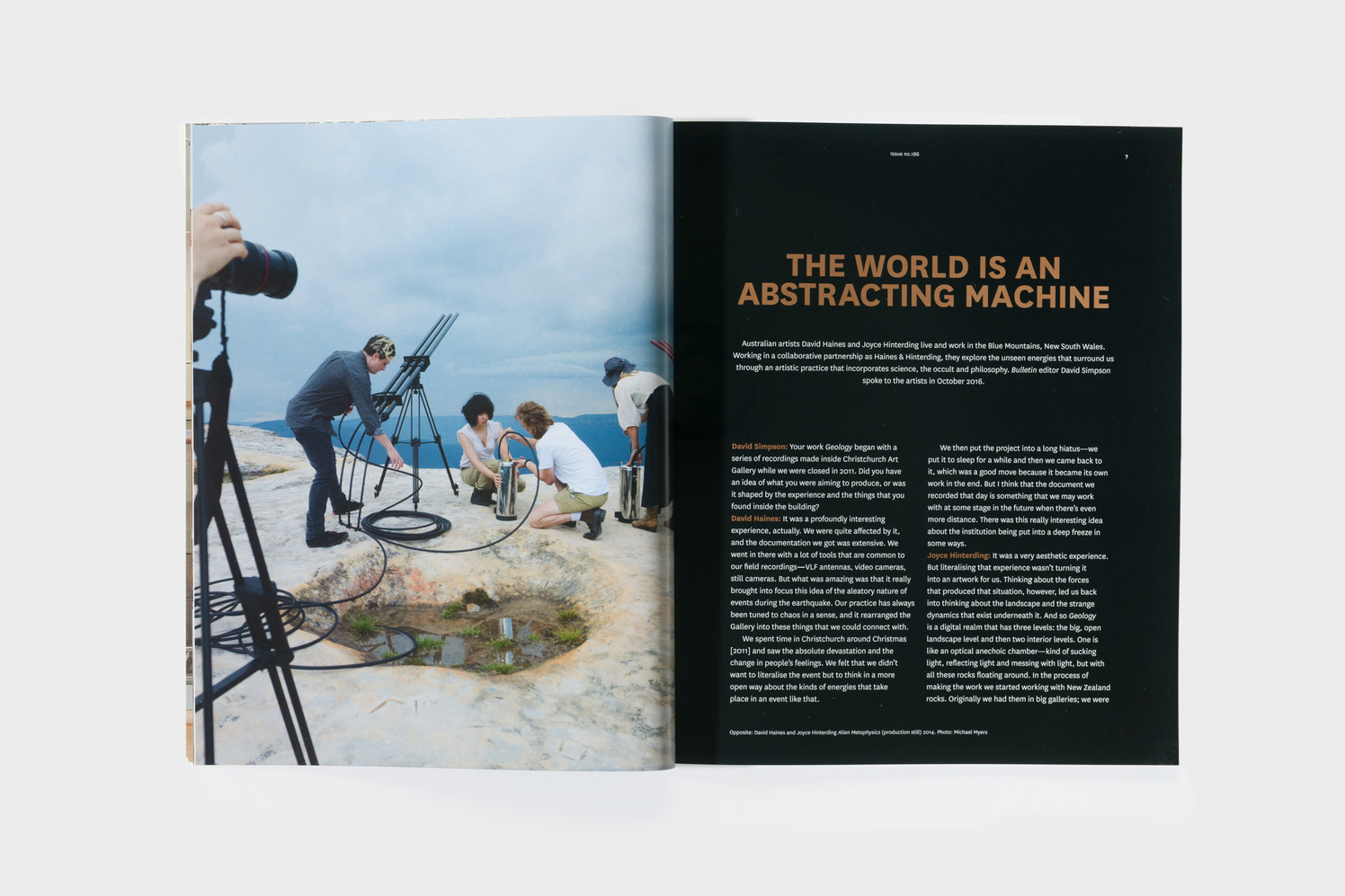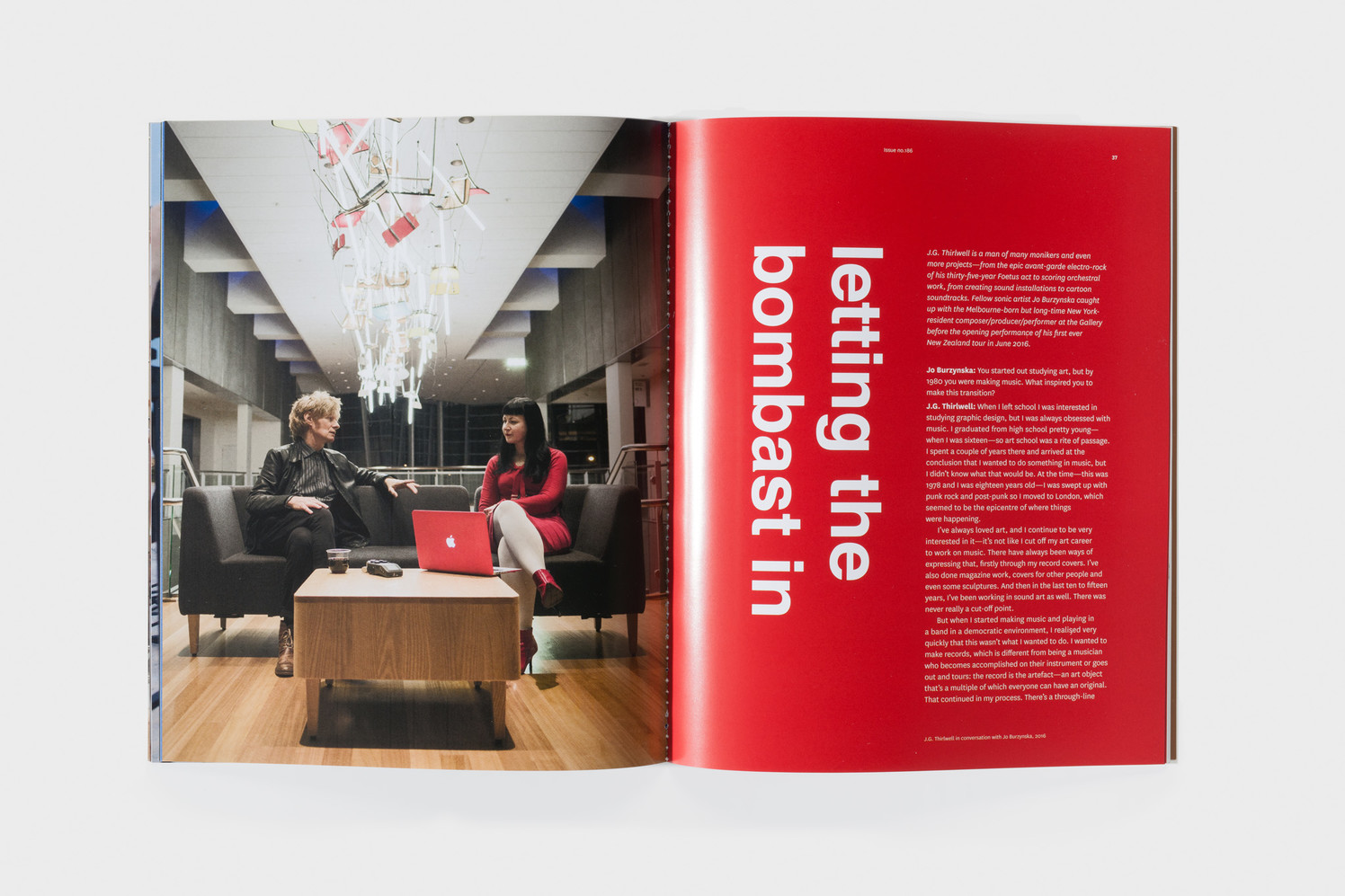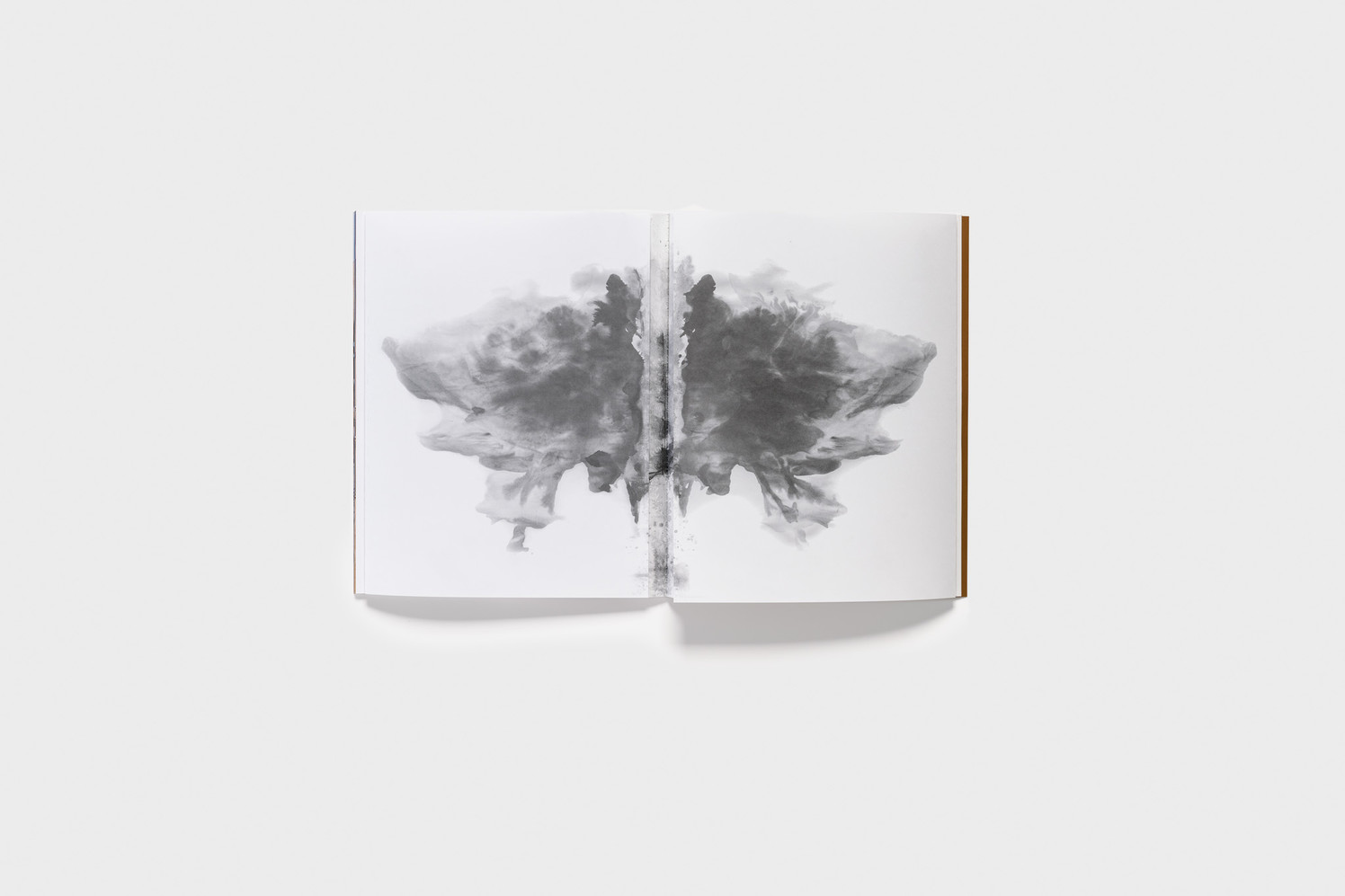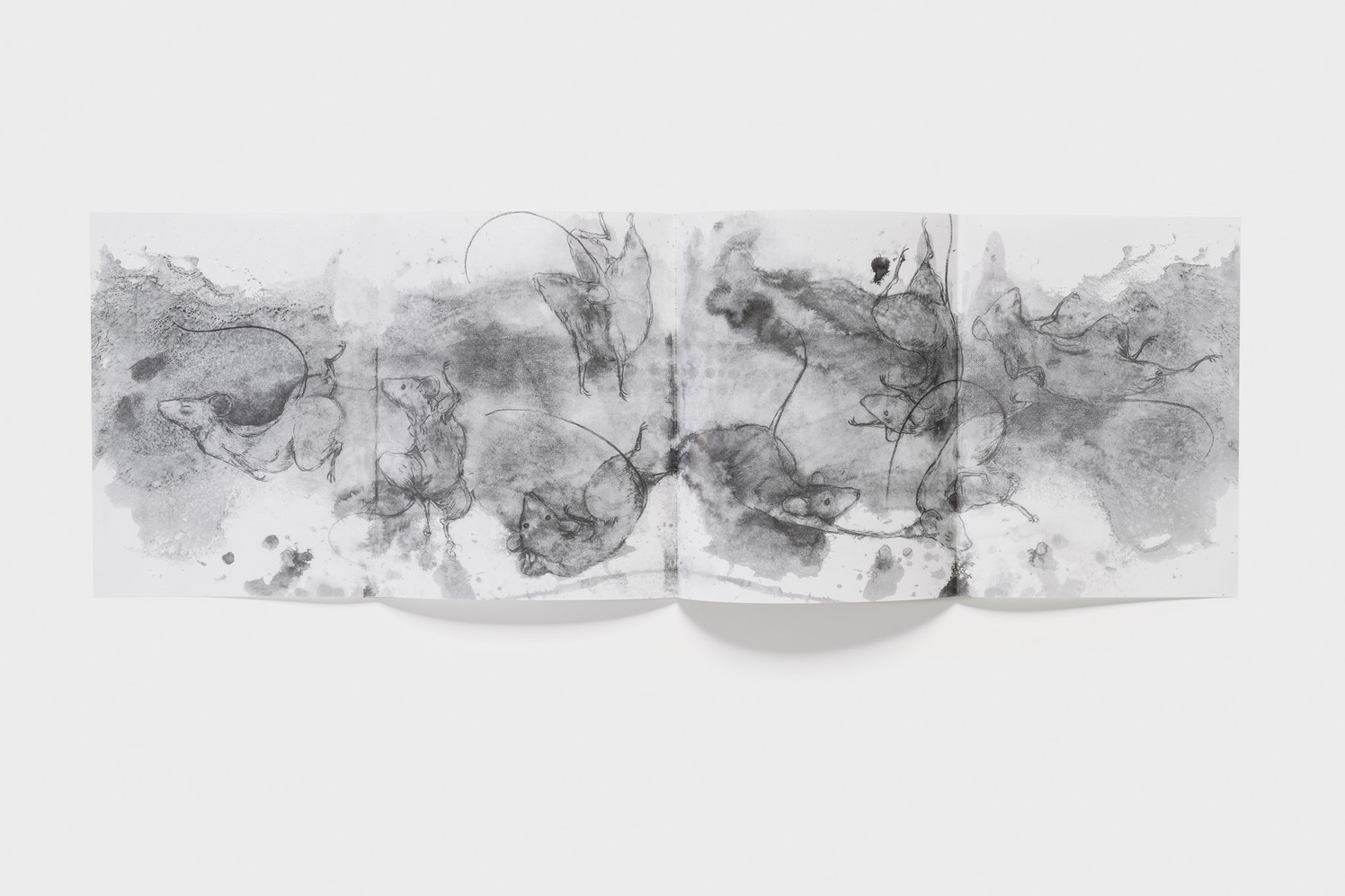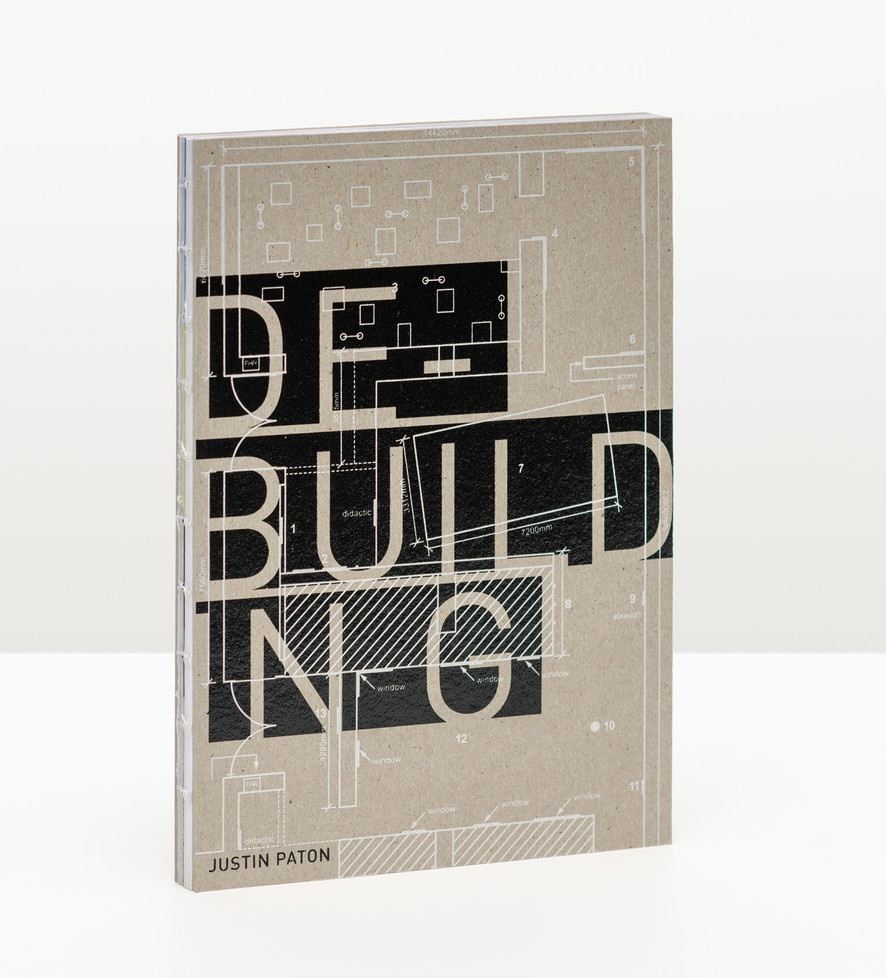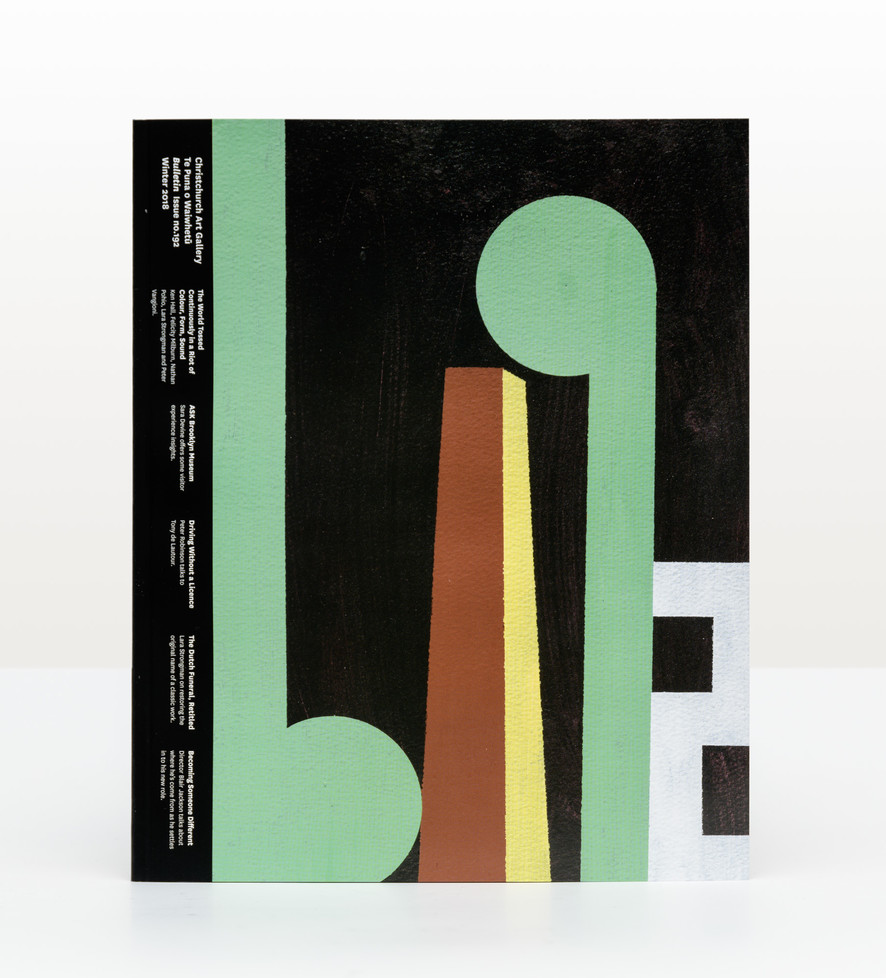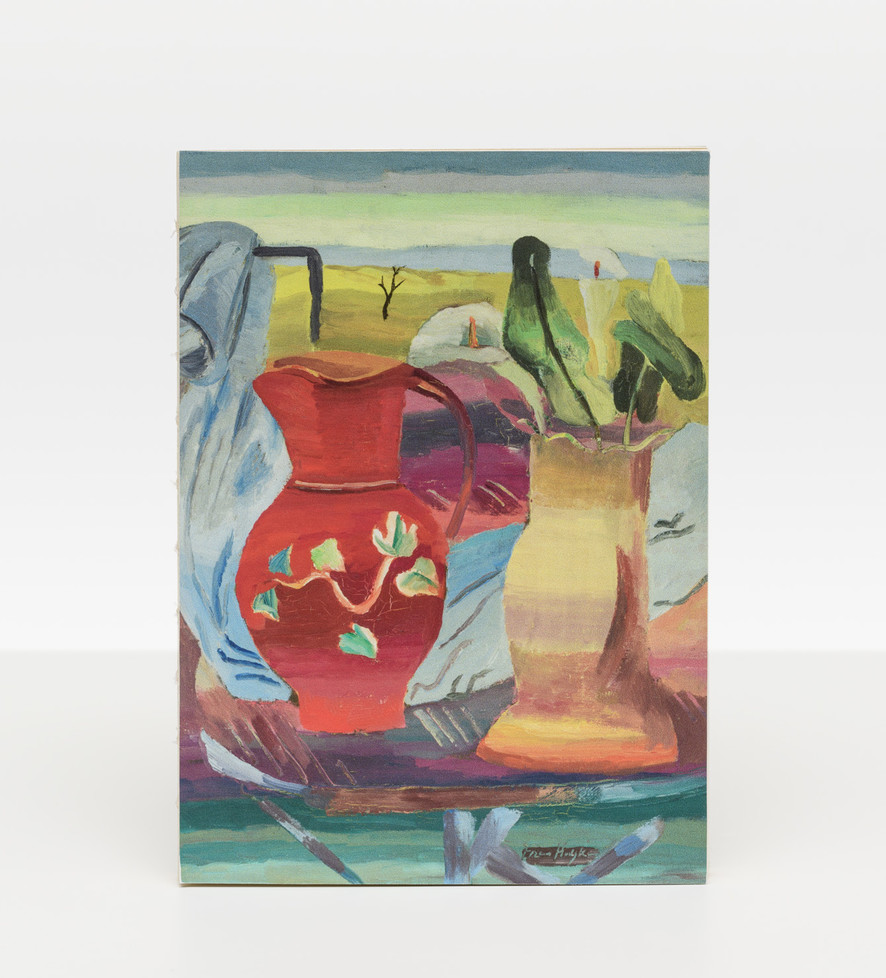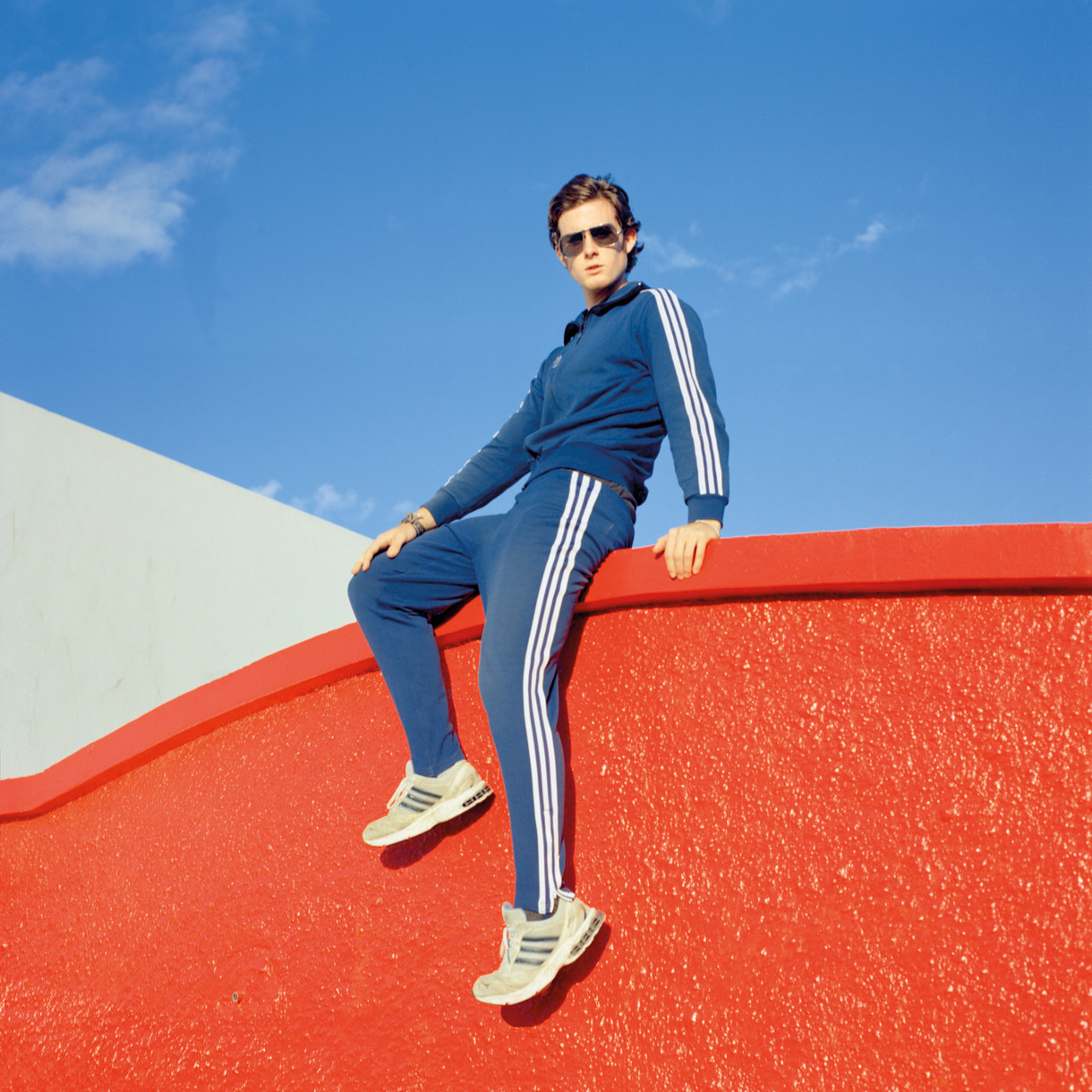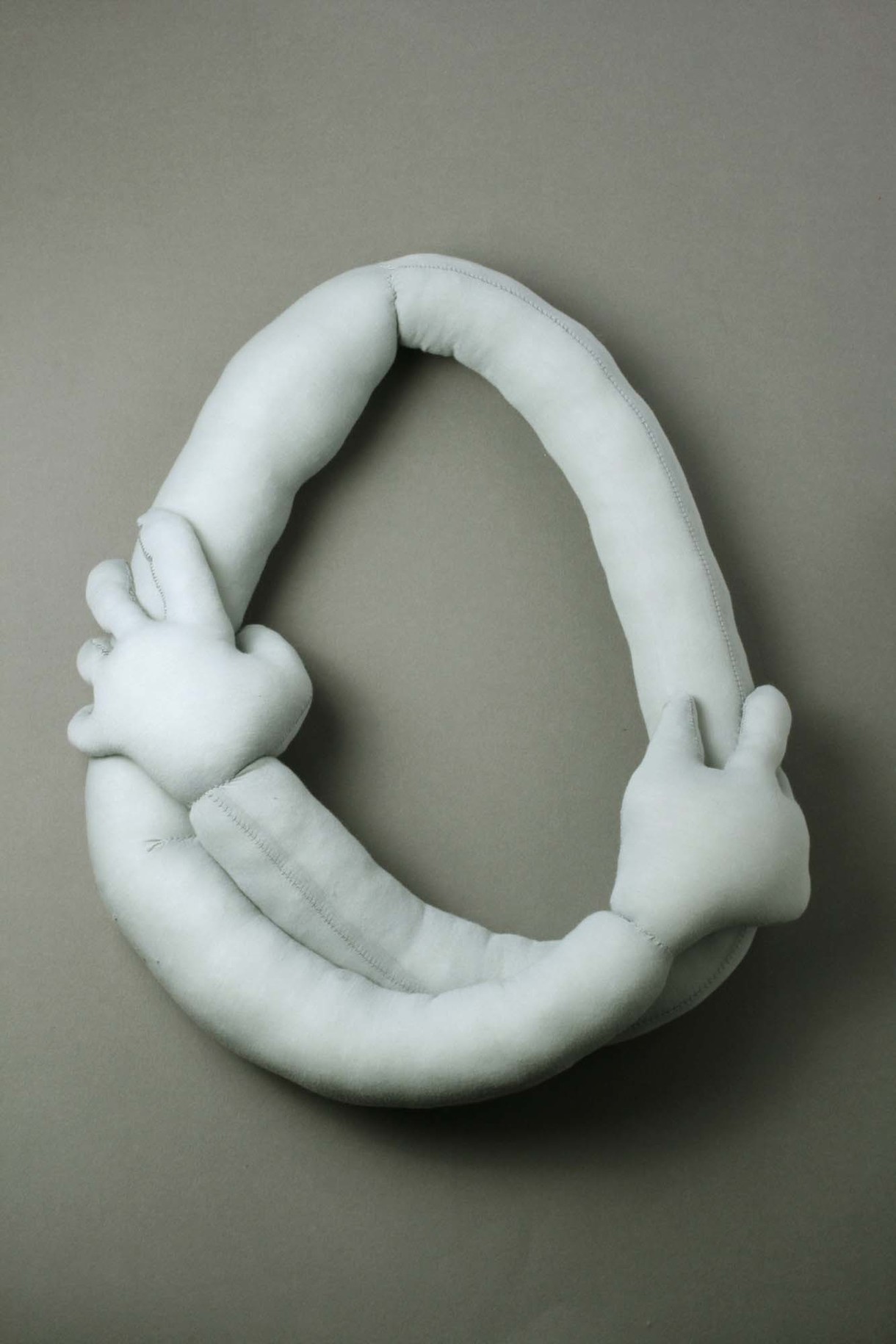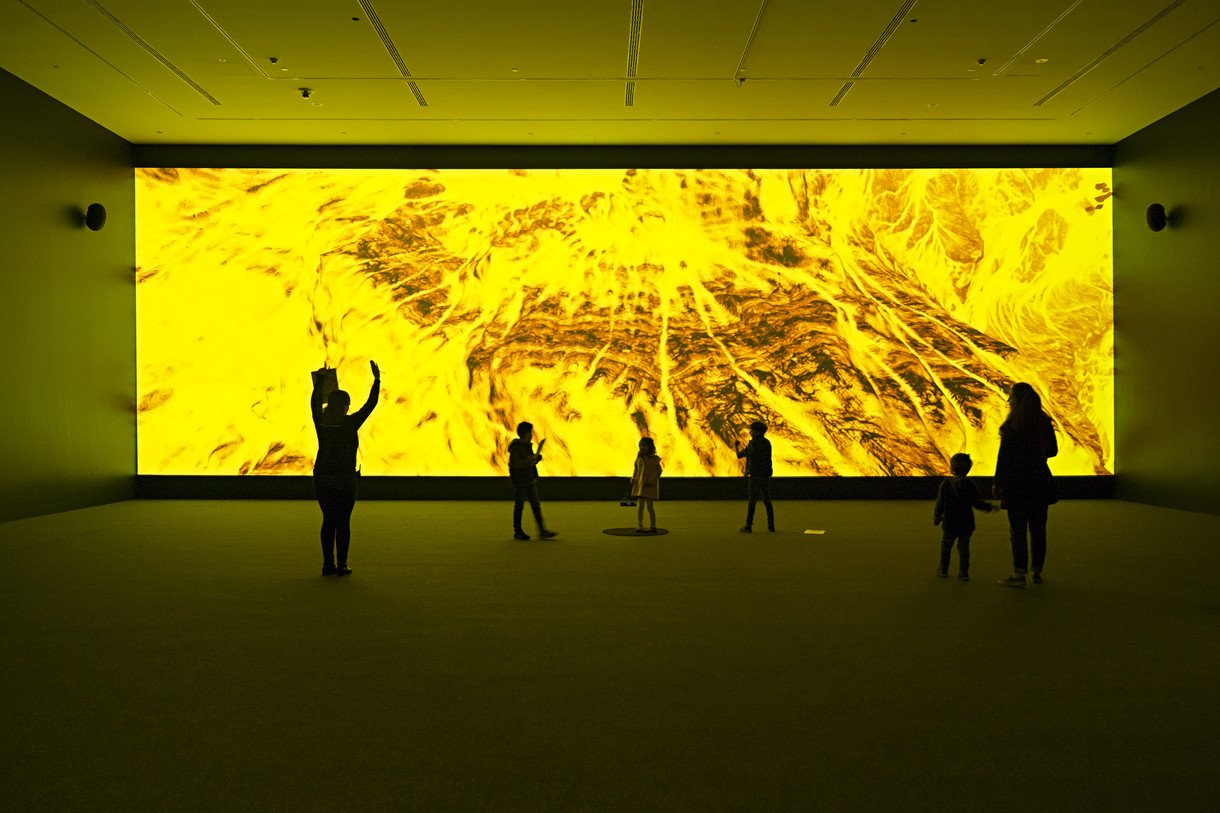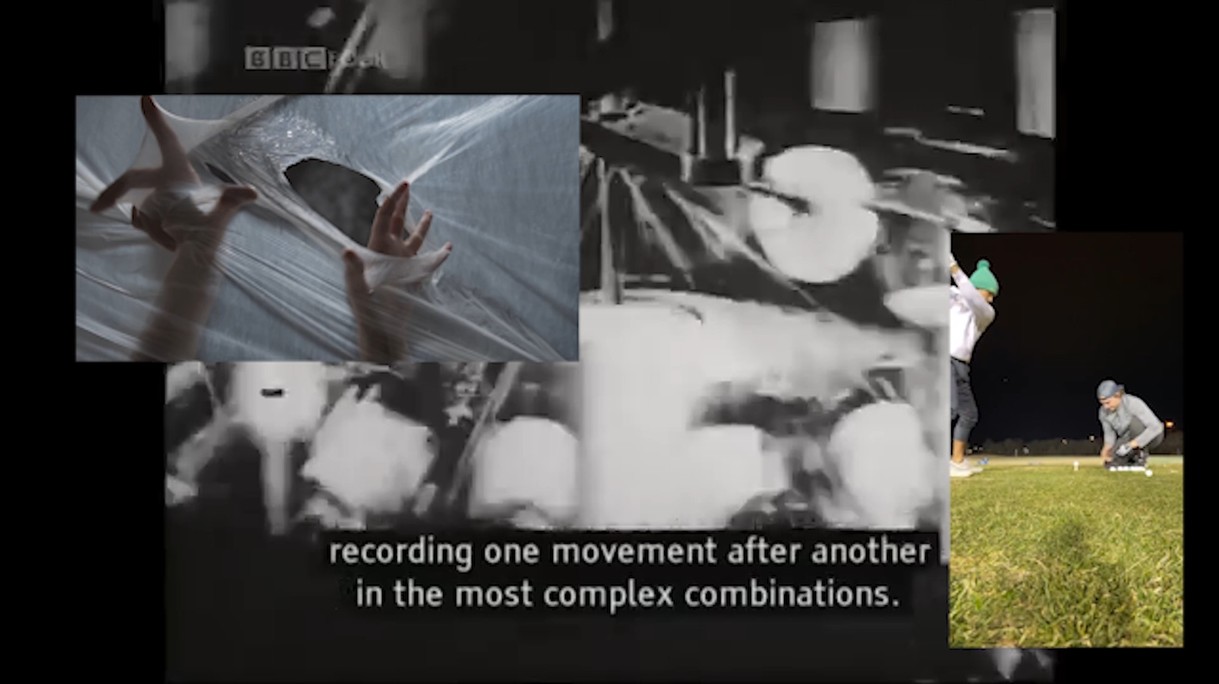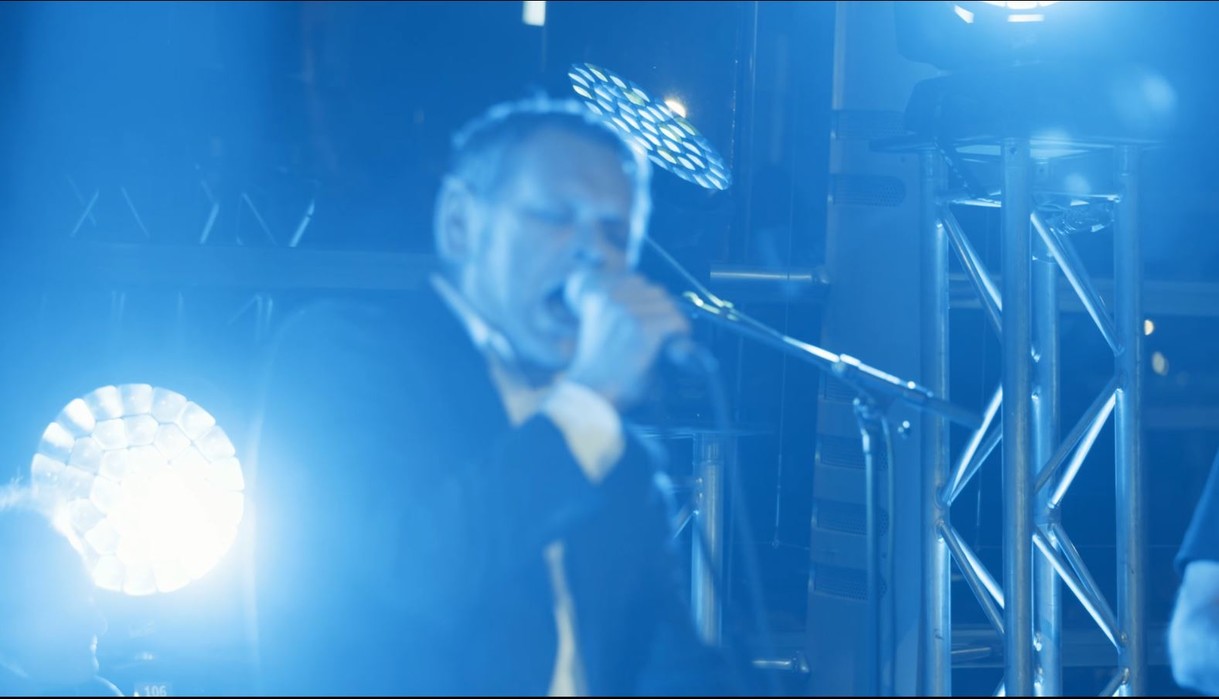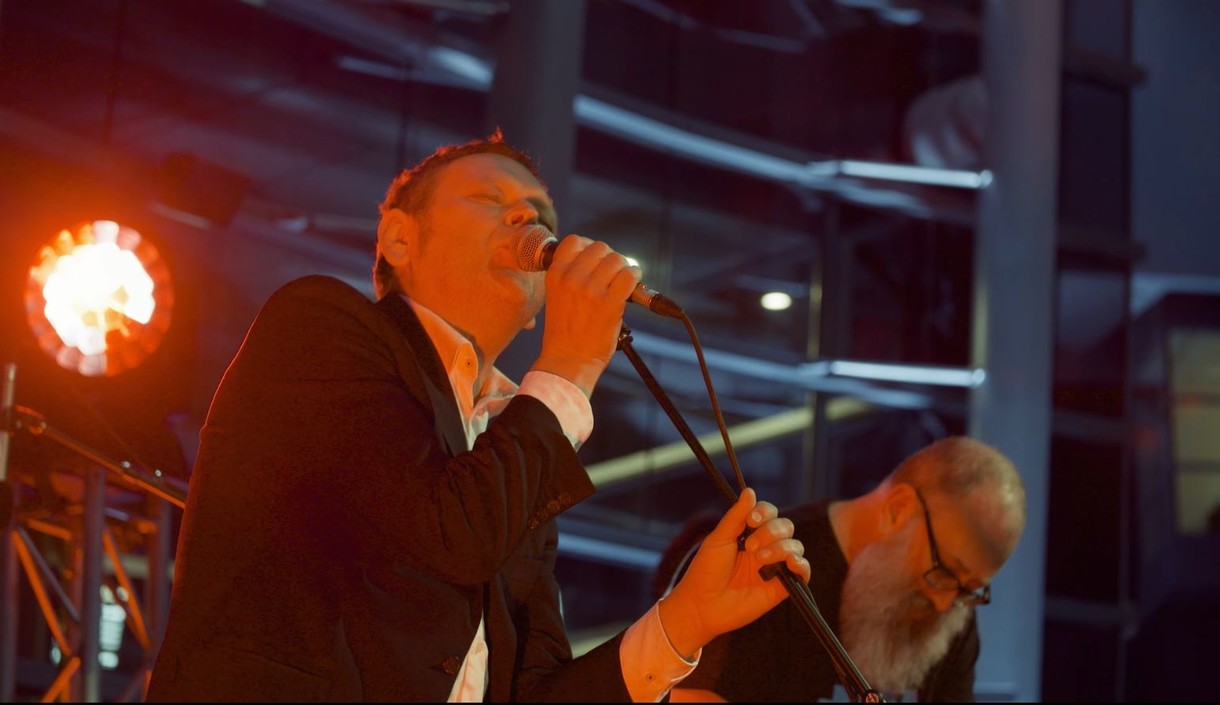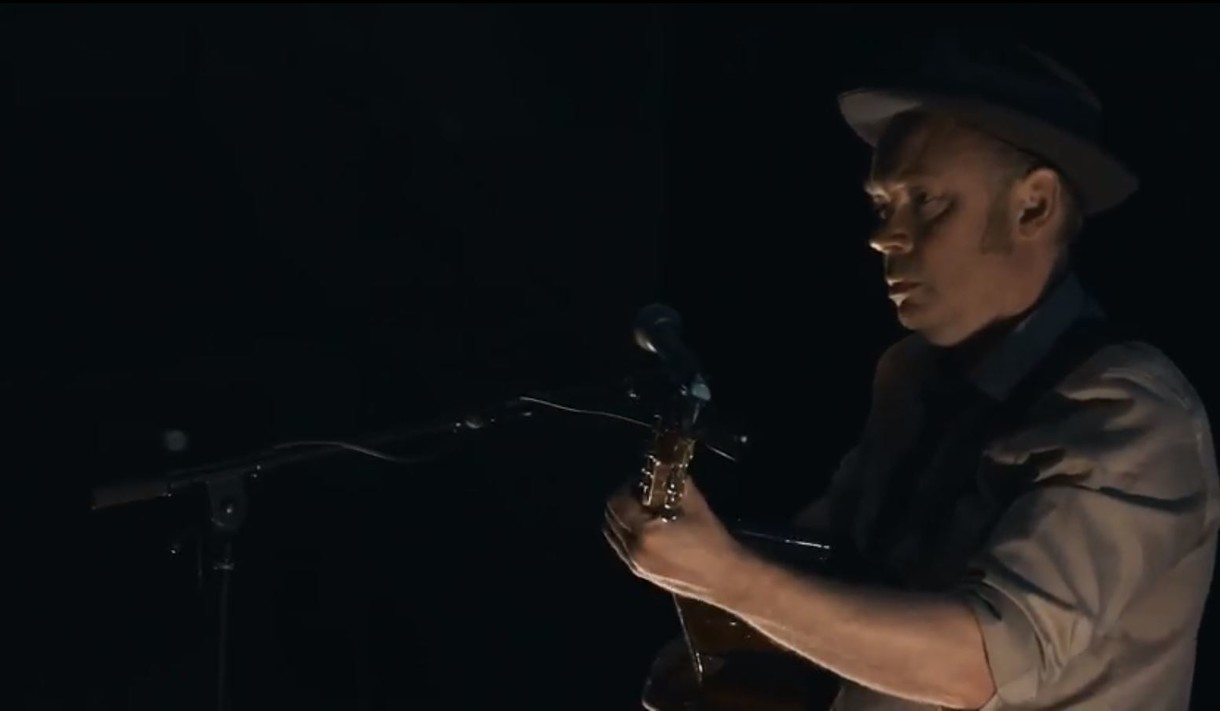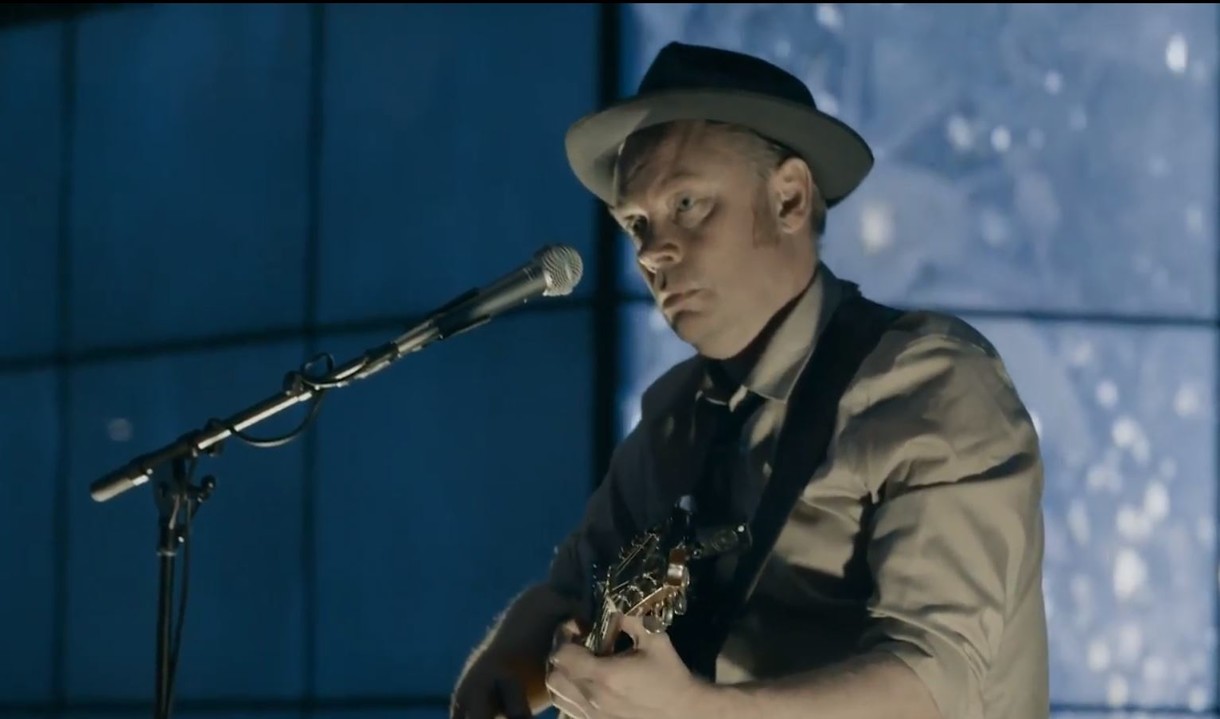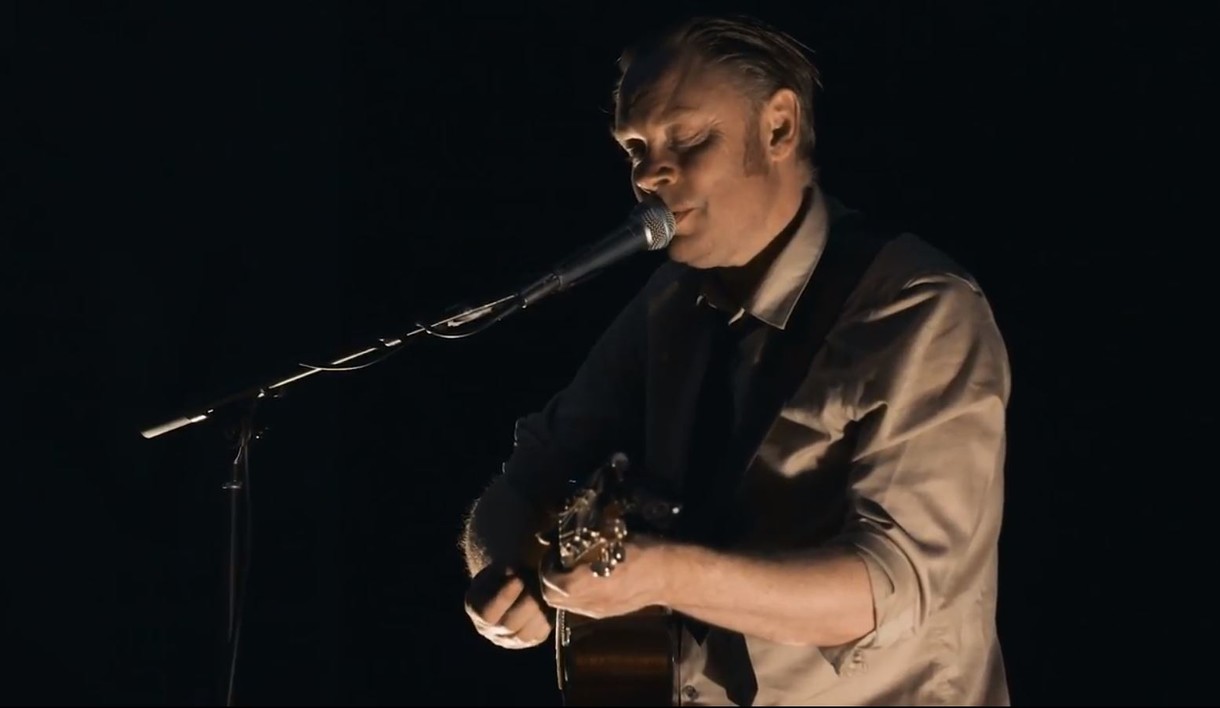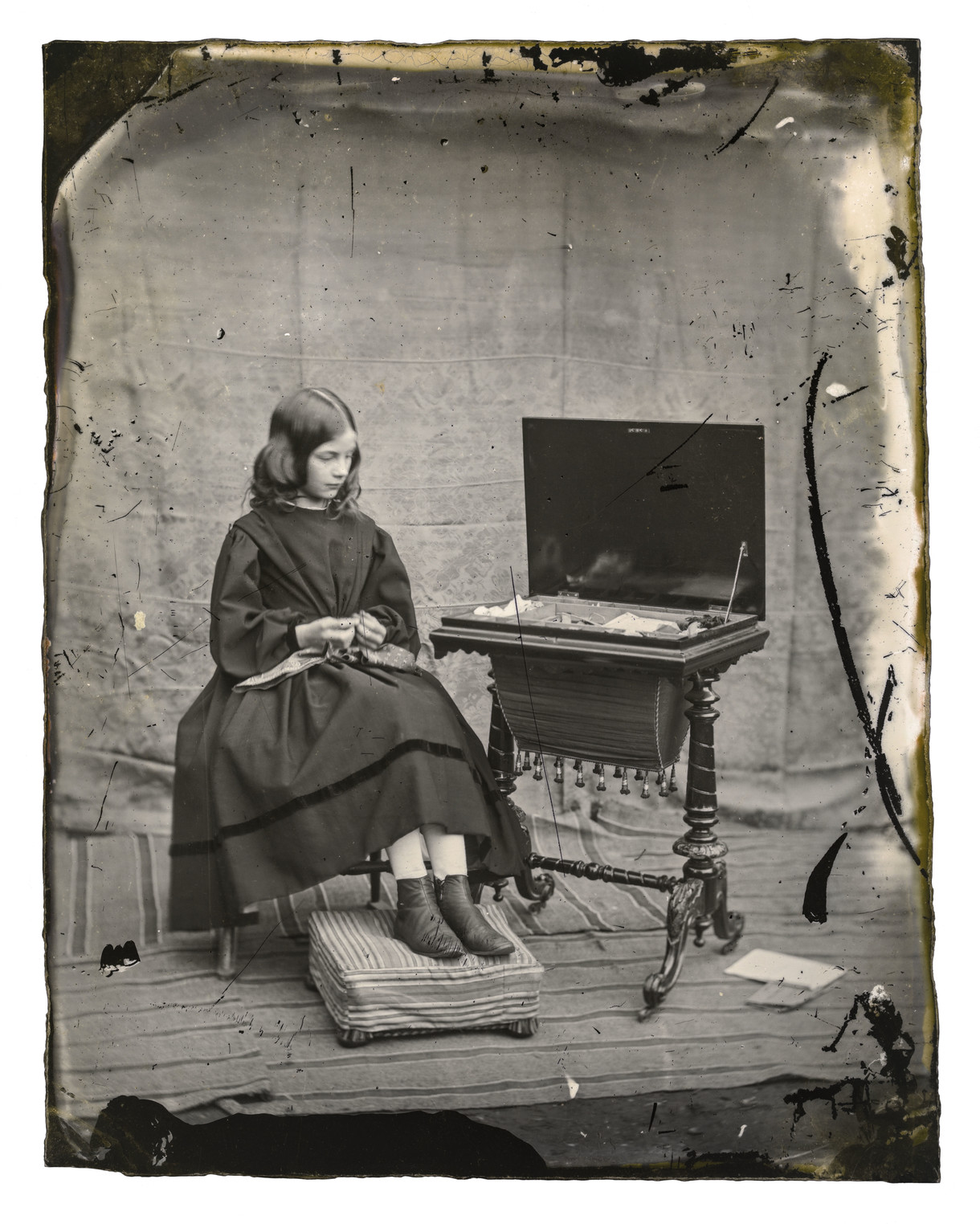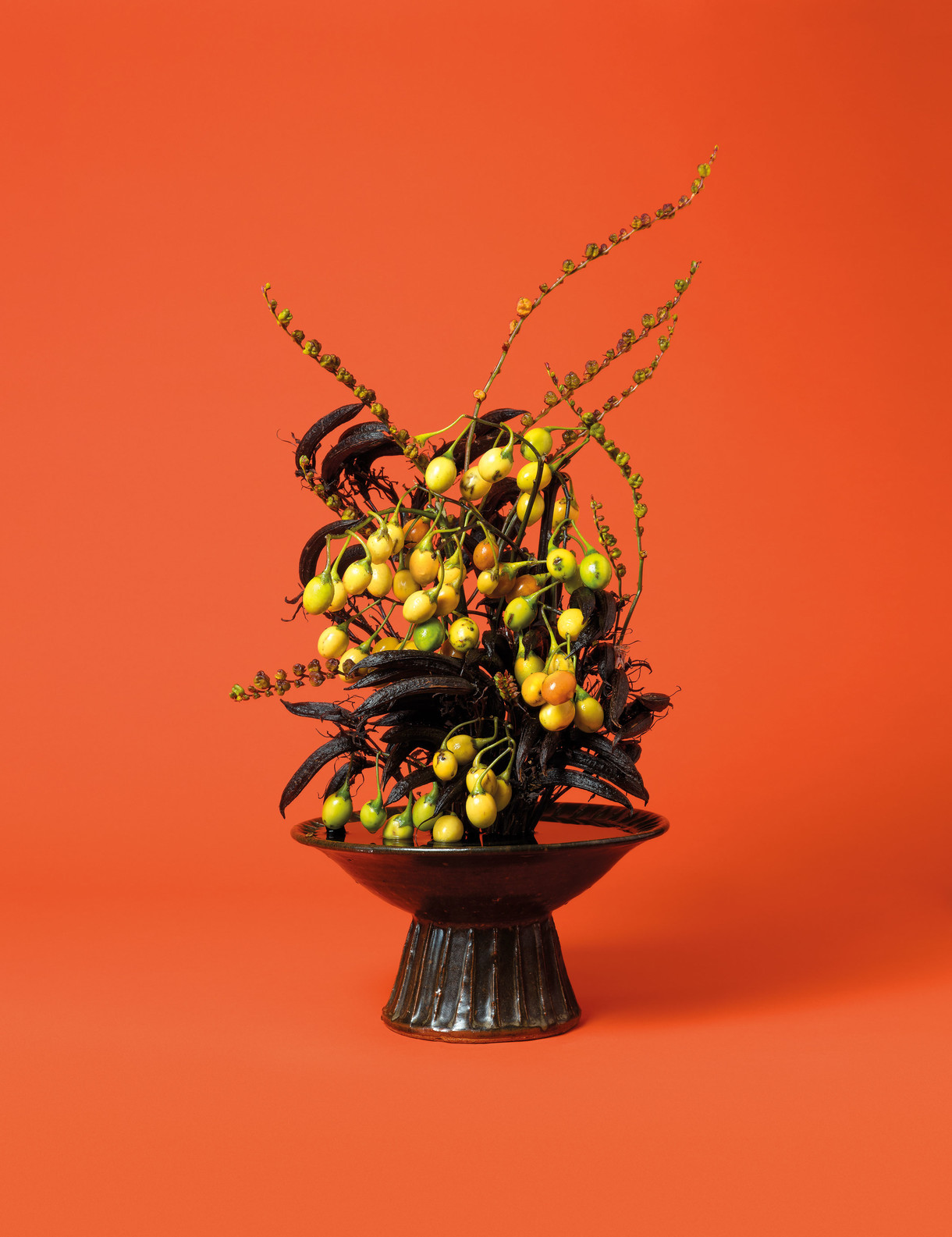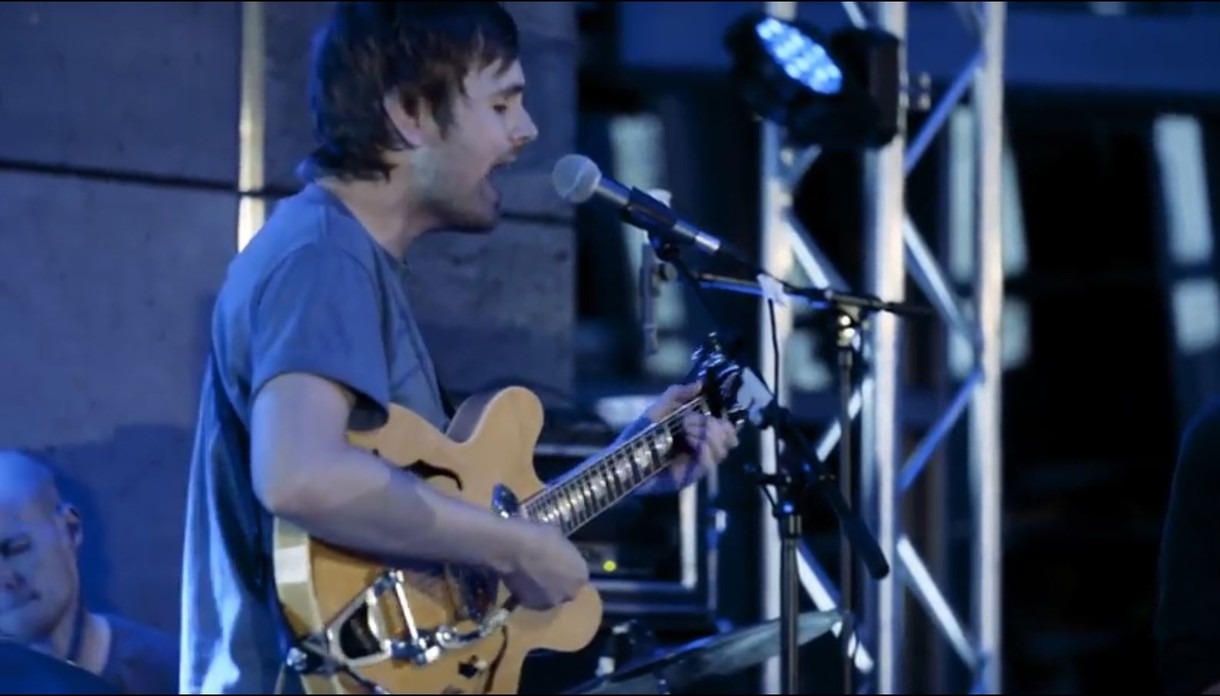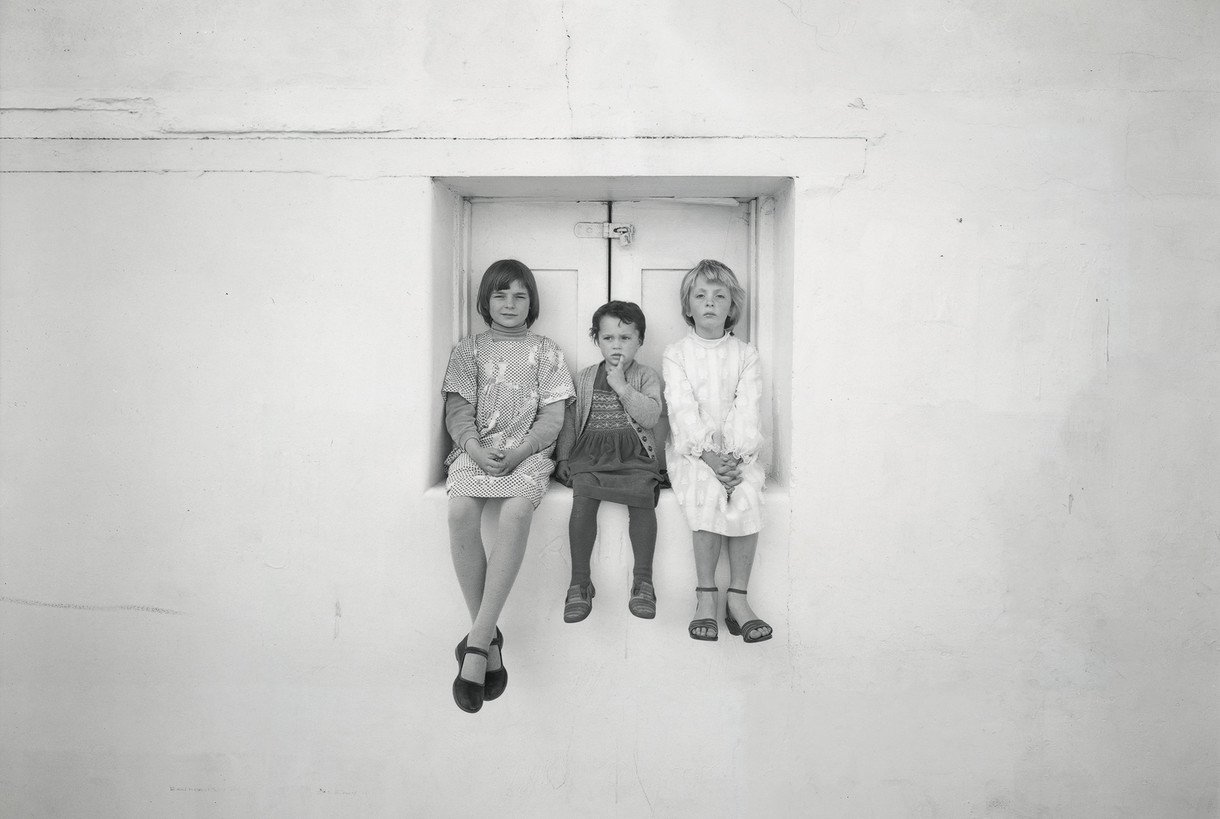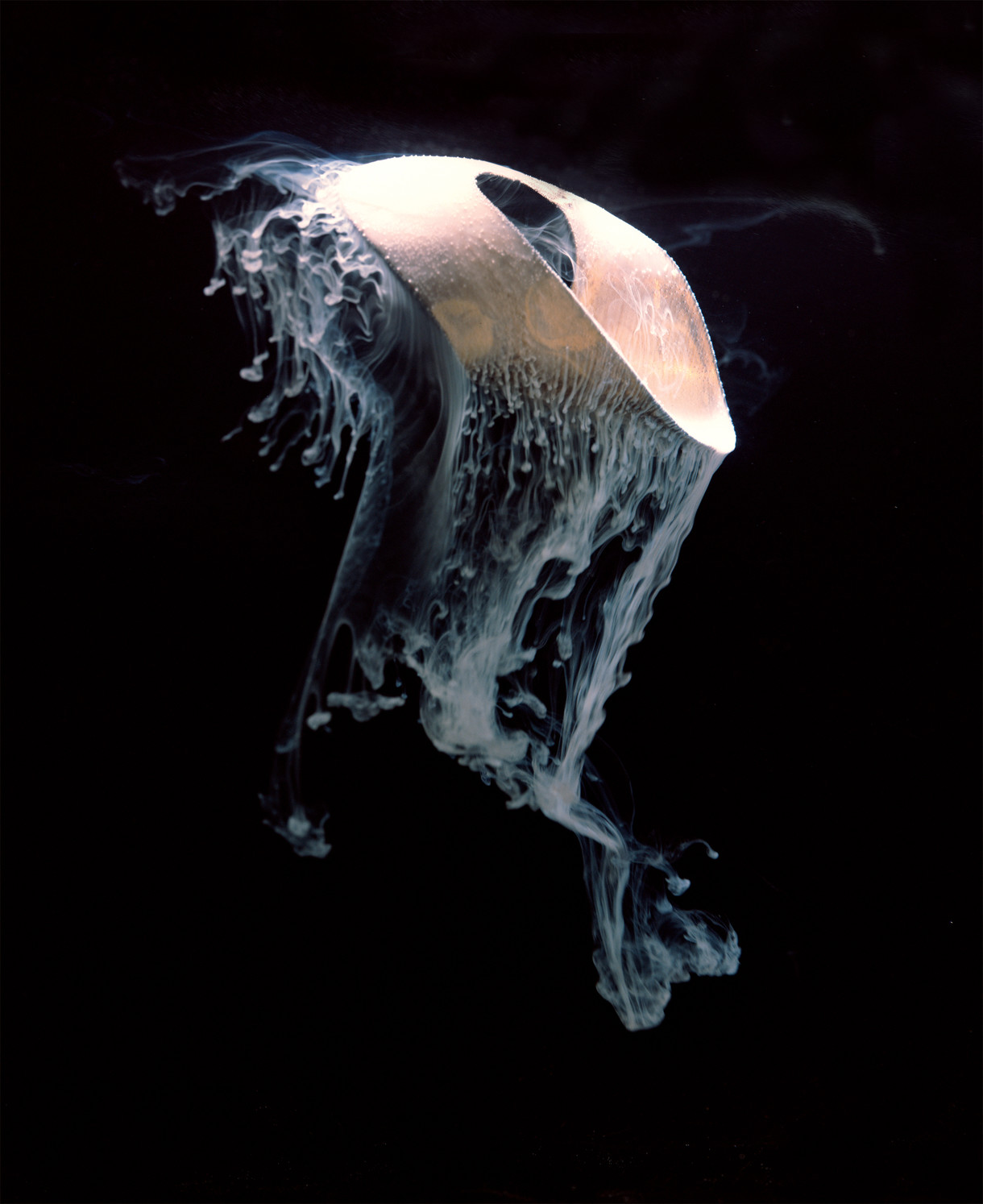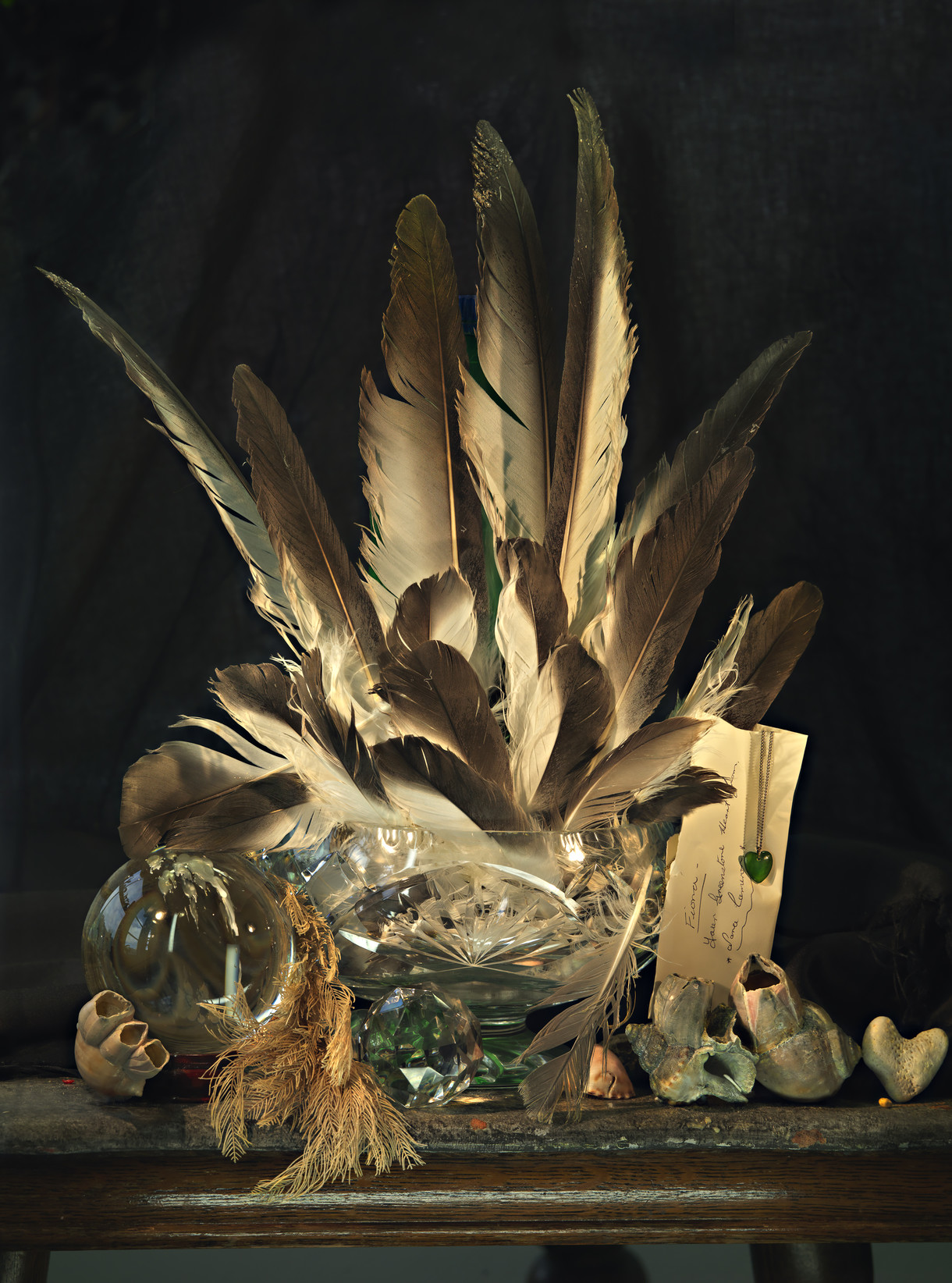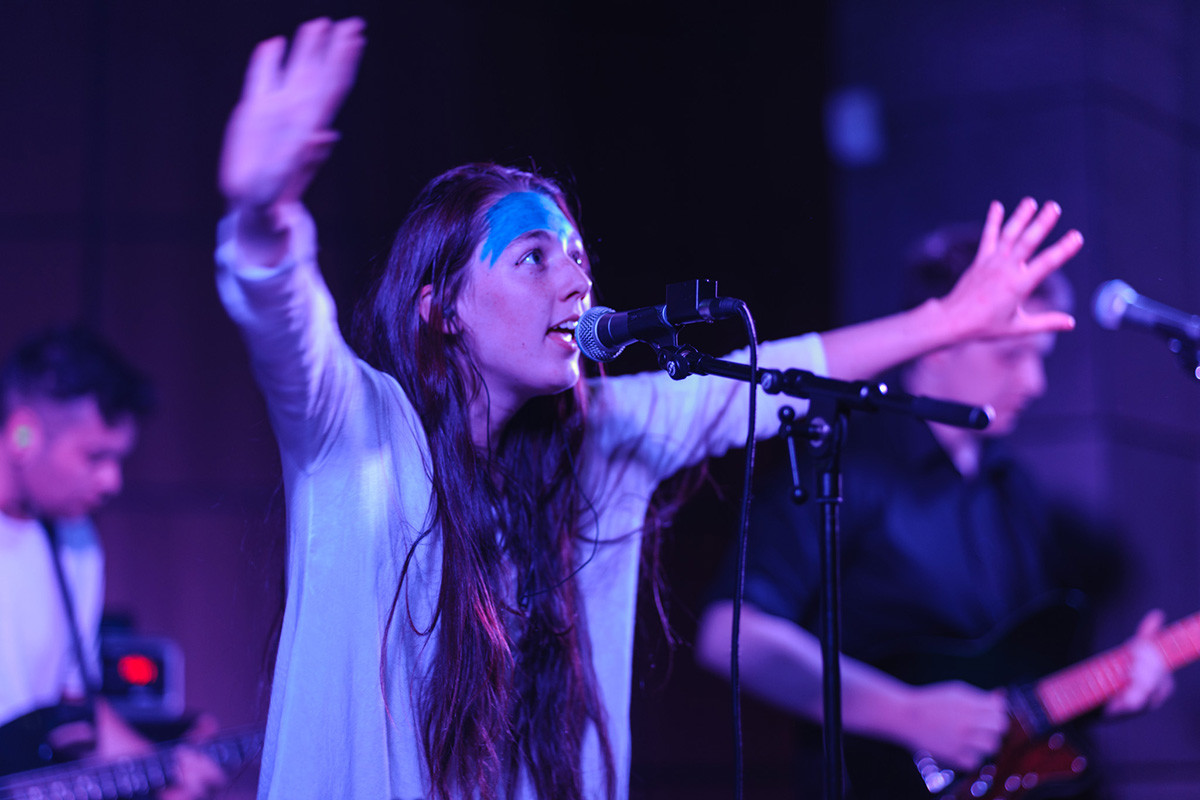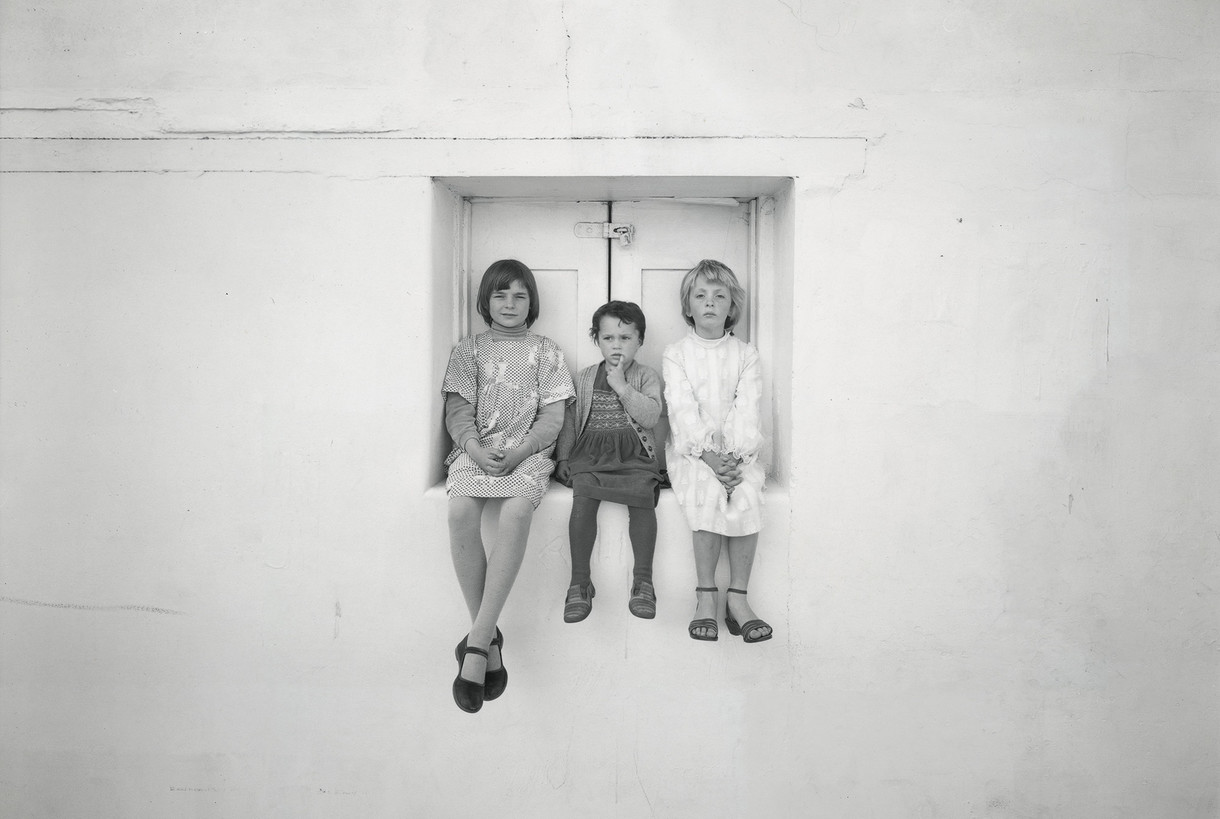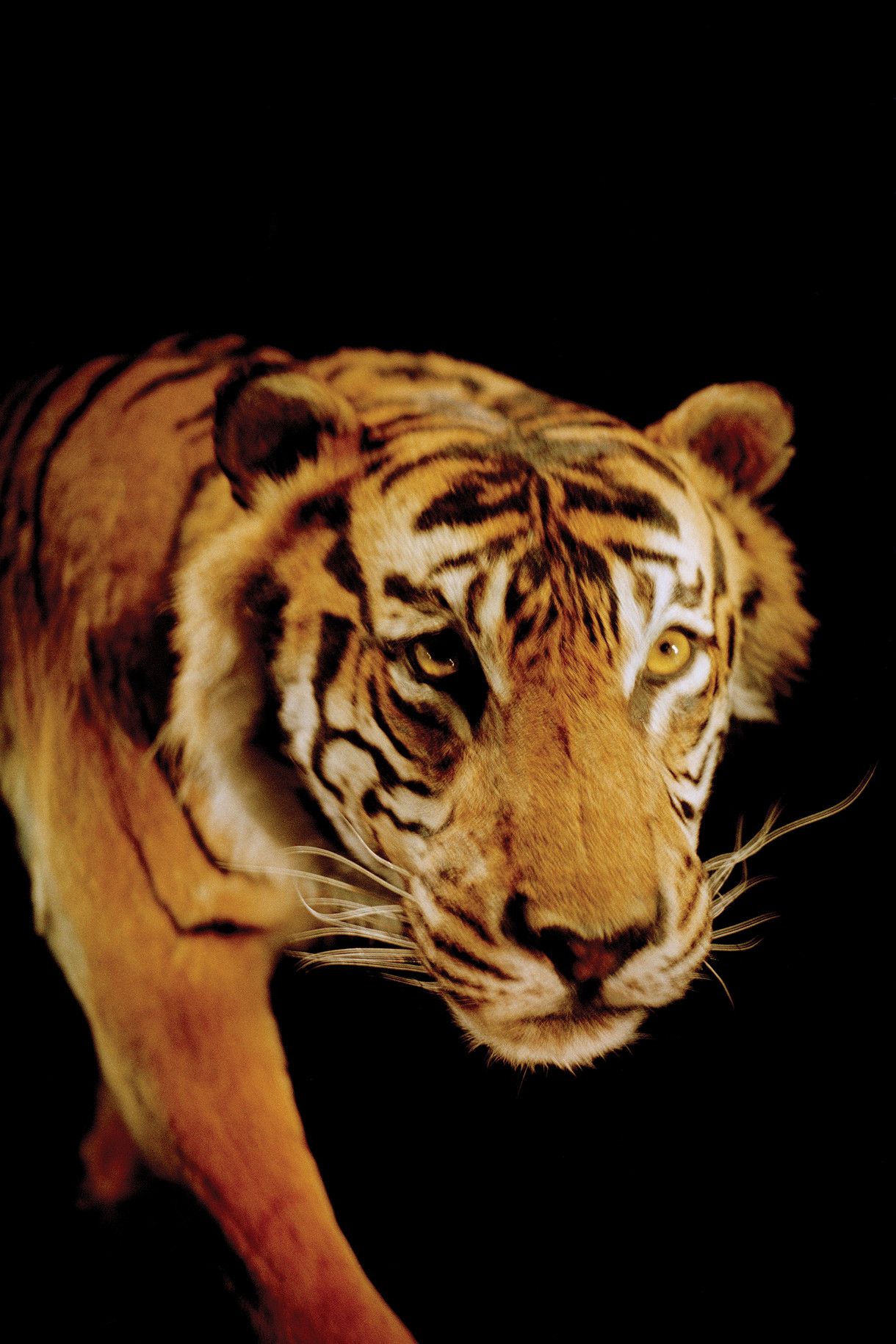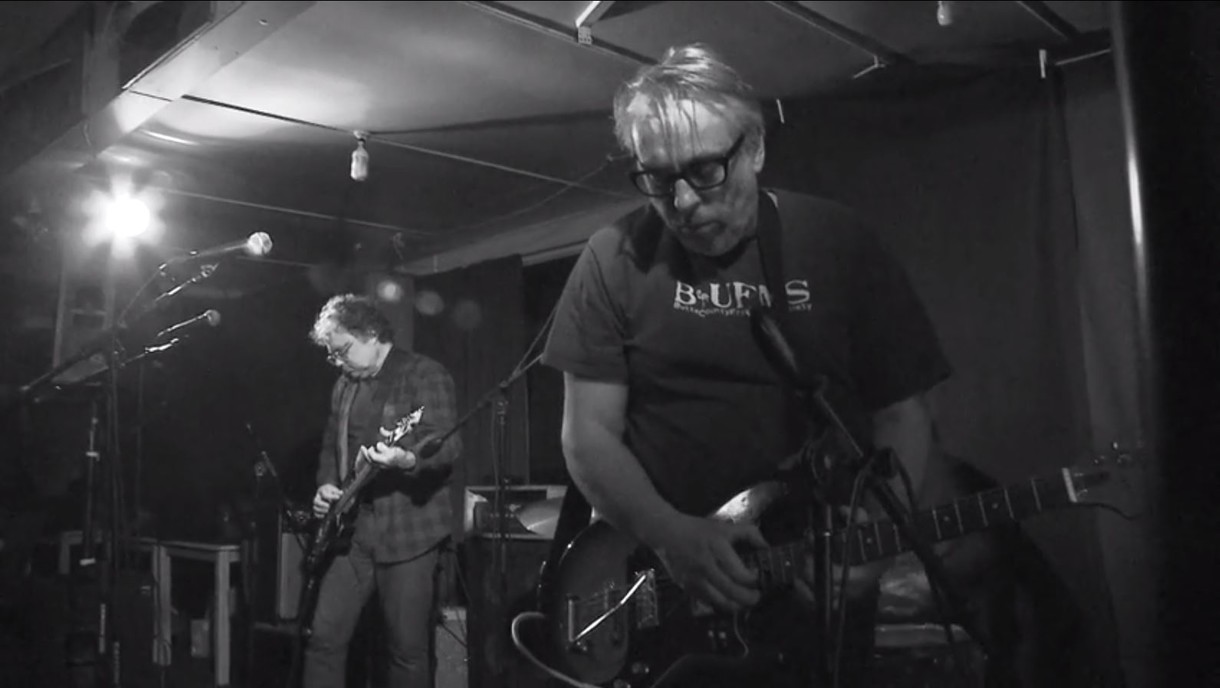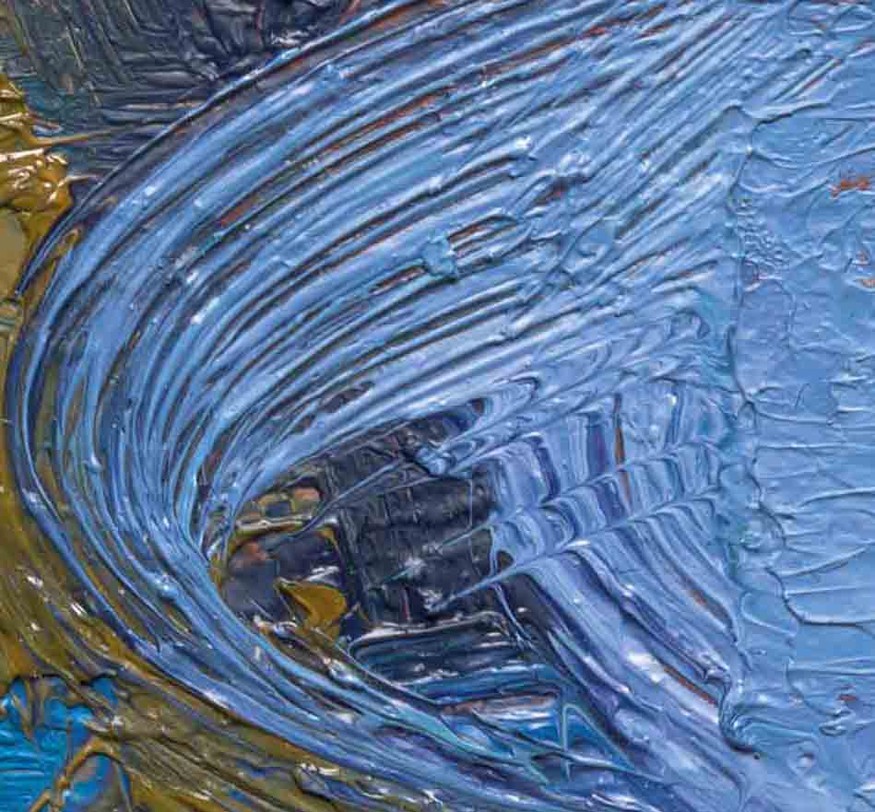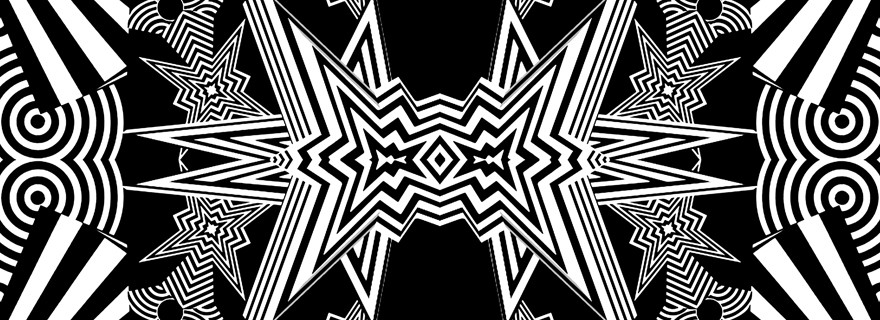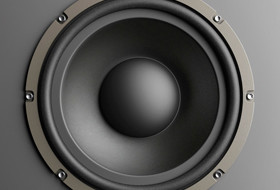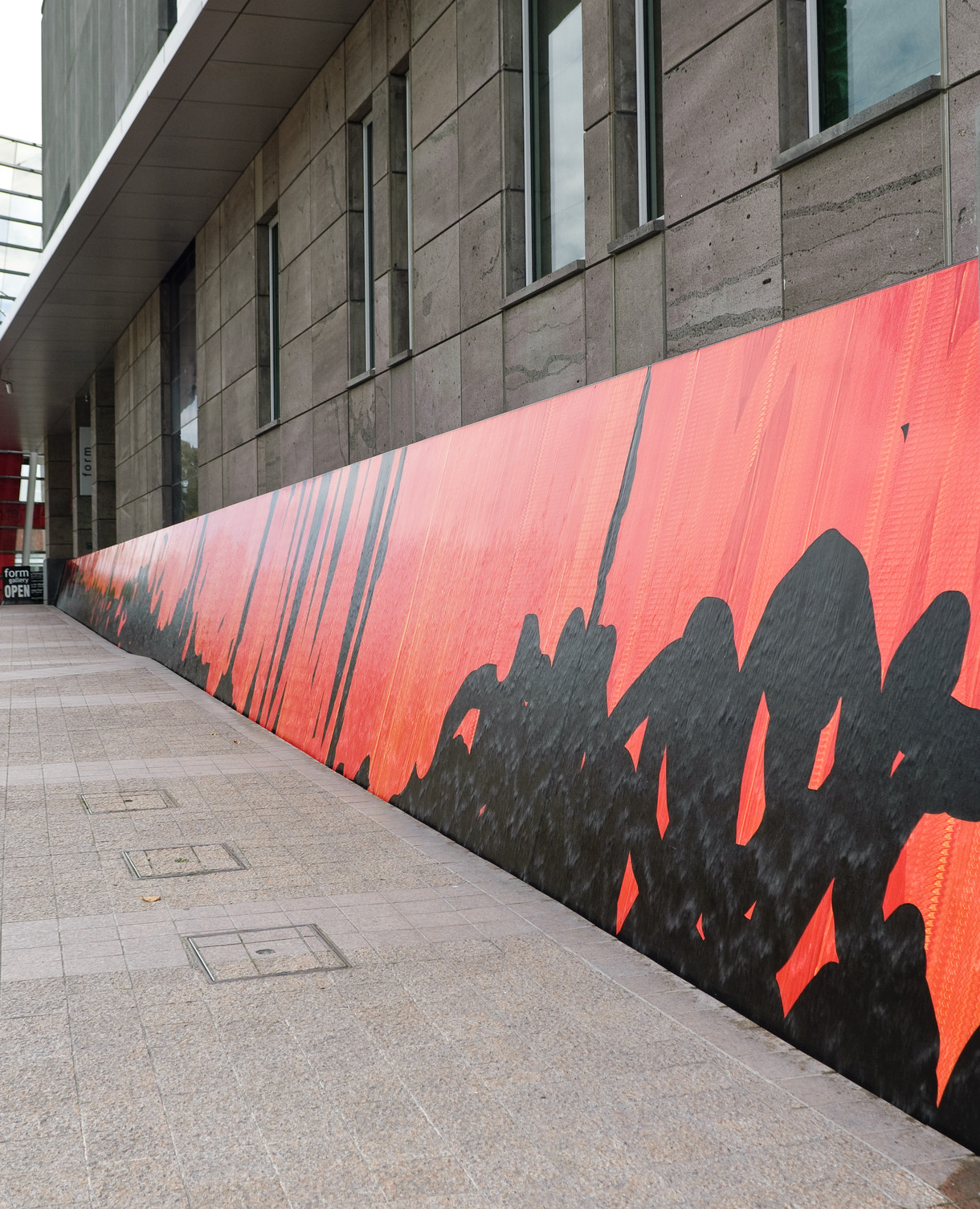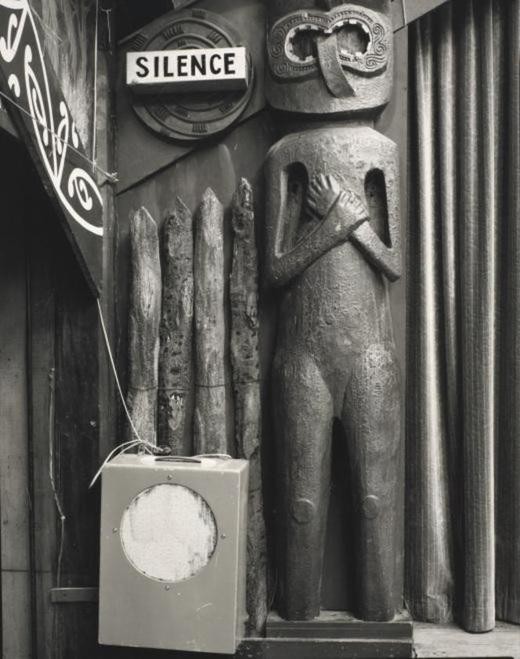B.186
ISBN: 1176-0540
Magazine
The newest edition of Bulletin is perhaps the best yet! Within its stunning metallic bronze cover it features an in-depth interview with Australian artistic duo David Haines and Joyce Hinterding, who talk about everything from metaphysics to the occult and the sublime. We also feature the work of the emerging and mid-career photographers in our exhibition The Devil’s Blind Spot, accompanied by nine writers who investigate recent strategies in New Zealand photography. And we have an interview with veteran musician and sound artist J.G. Thirlwell, who talked to writer Jo Burzynska before his performance at the Gallery in June this year. Our Postcard is from Liyen Chong in Houston, Texas, and Pagework is a gorgeous four-page gatefold drawing supplied by Christchurch artist Hannah Beehre, who was recently awarded the Parkin Drawing Prize.
Pages: 60
Dimensions: 265 x 215mm
Imprint: Christchurch Art Gallery Te Puna o Waiwhetū
Contact Us
Phone: +64 3 941 7370
shop@christchurchartgallery.org.nz
Other Gallery Editions:
Follow us on Instagram
Related reading: Photography, Digital, Music, Haines and Hinterding
film
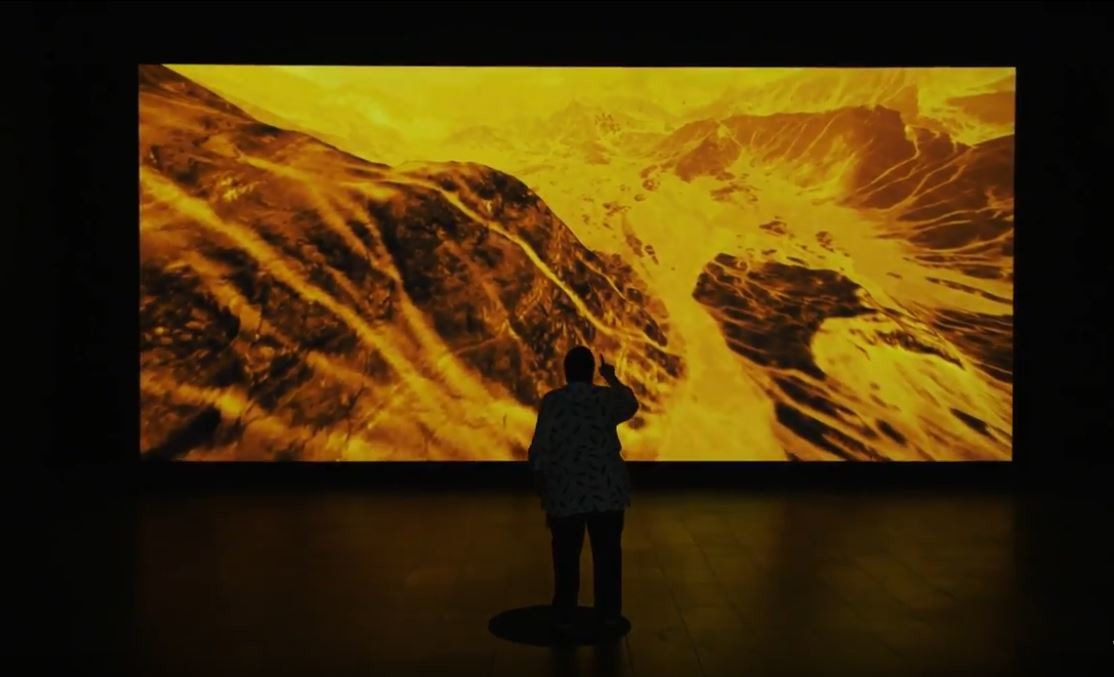
Energies: Haines & Hinterding
See, hear, smell and feel the invisible energies that surround us as Australian artists David Haines and Joyce Hinterding summon unseen forces.
David Haines and Joyce Hinterding live and work in the Blue Mountains. Hinterding is fascinated with energetic forces, while Haines is drawn to the intersection of hallucination and the environment. Both artists are captivated by the unseen energies that surround us and seek to reveal them to audiences through their work. Science, the occult and philosophy are important elements of their practice.
Haines & Hinterding’s art incorporates sound, installation, video, performance, sculpture, photography and drawing. Many of their recent works also use computer game technologies. This is the first comprehensive survey of their work and includes immersive virtual 3D environments for visitors to explore and navigate.
Collection
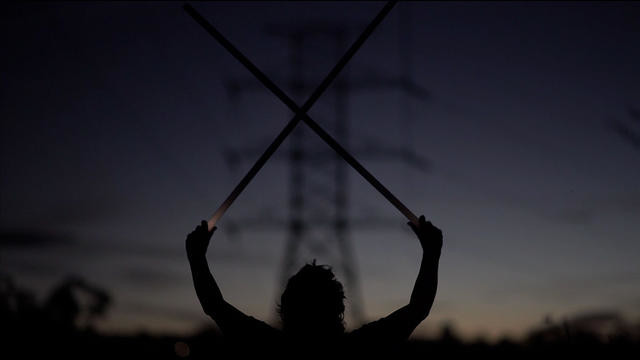
Haines & Hinterding Haines & Hinterding Encounter with the Halo Field
David Haines and Joyce Hinterding have always been interested in the invisible energies that surround us, and that curiosity often finds its way into their art. Electromagnetic radiation is in the air all around us, but in this work we see it in action. The artists perform a mysterious dance with fluorescent light tubes under the huge transmission towers near their home in the Blue Mountains near Sydney, Australia. The electrical field created by the towers is strong enough to affect the mercury gas inside the tubes, creating an ultraviolet light that strikes the tubes’ phosphor coating and makes them glow strangely against the night sky.
(Wheriko - Brilliant! 17 May 2019 – 16 February 2020)
Exhibition
The Devil's Blind Spot: Recent Strategies in New Zealand Photography
12 March 2017
Recent photography by an emerging generation of New Zealand artists.
Exhibition
Lisa Walker: 0 + 0 = 0
2 April 2017
New works by an internationally acclaimed New Zealand jeweller.
Exhibition
Energies: Haines & Hinterding
5 March 2017
See, hear, smell and feel the invisible energies that surround us as Australian artists David Haines and Joyce Hinterding summon unseen forces.
Commentary
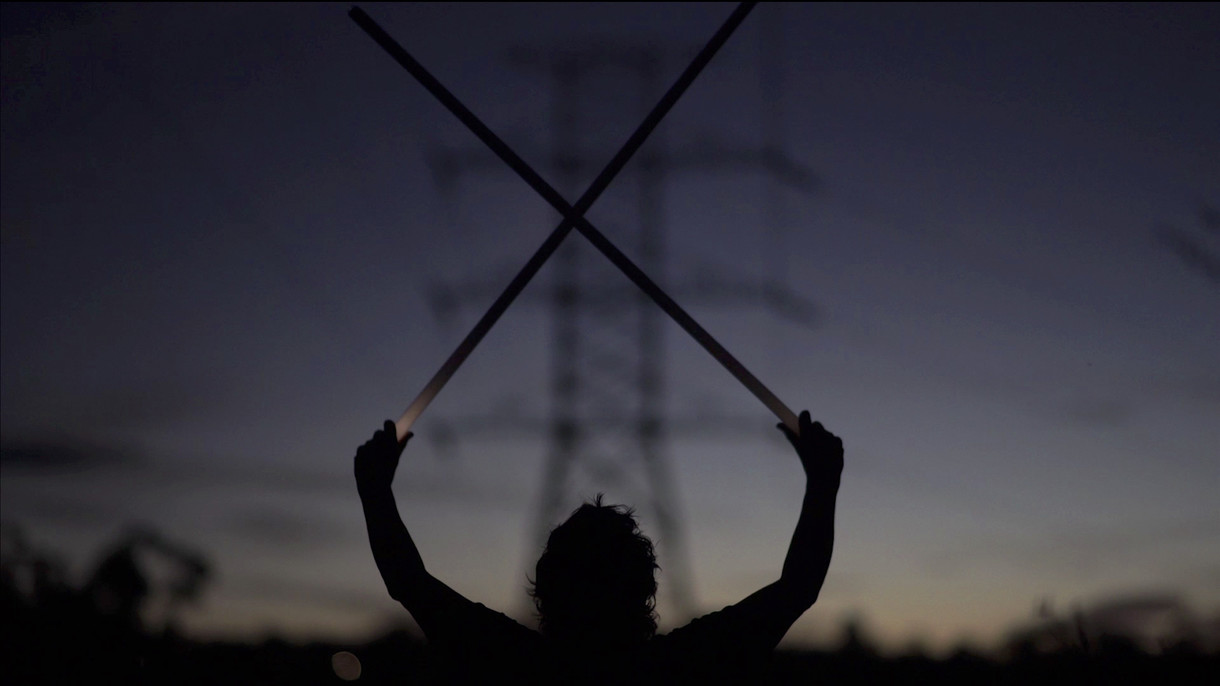
Energies and Apparitions
This essay was written by curator Anna Davis for the Energies: Haines & Hinterding exhibition at the Museum of Contemporary Art, Australia in 2015.
The art of David Haines and Joyce Hinterding is characterised by its openness to the unseen forces that permeate human experience. Very low frequency (VLF) radio waves, television signals, paranormal events, satellite transmissions and psychic energies are all manifest within their work, which aims to summon these hidden realms and bring them to our senses. Using experimental and traditional media, they engage in an artistic dialogue with science, intersecting with areas such as electronics, solar research, geology, olfactory chemistry and high-energy physics. Aesthetic and metaphysical concerns are equally vital to their practice, which also traverses speculative and esoteric domains such as Reichian orgone energy and Kirlian ‘spirit’ photography.
Interview
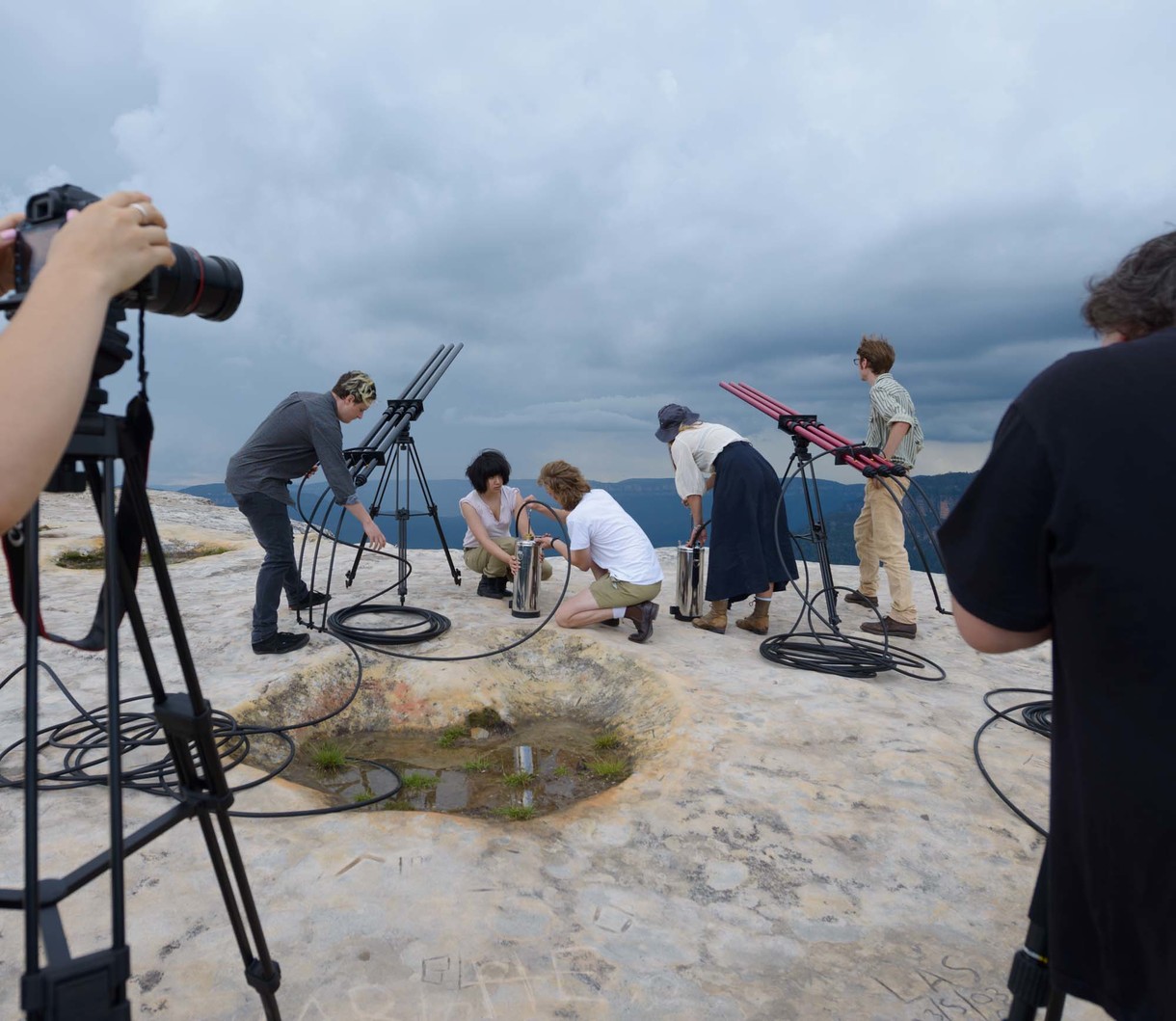
The World is an Abstracting Machine
Australian artists David Haines and Joyce Hinterding live and work in the Blue Mountains, New South Wales. Working in a collaborative partnership as Haines & Hinterding, they explore the unseen energies that surround us through an artistic practice that incorporates science, the occult and philosophy. Bulletin editor David Simpson spoke to the artists in October 2016.
Interview
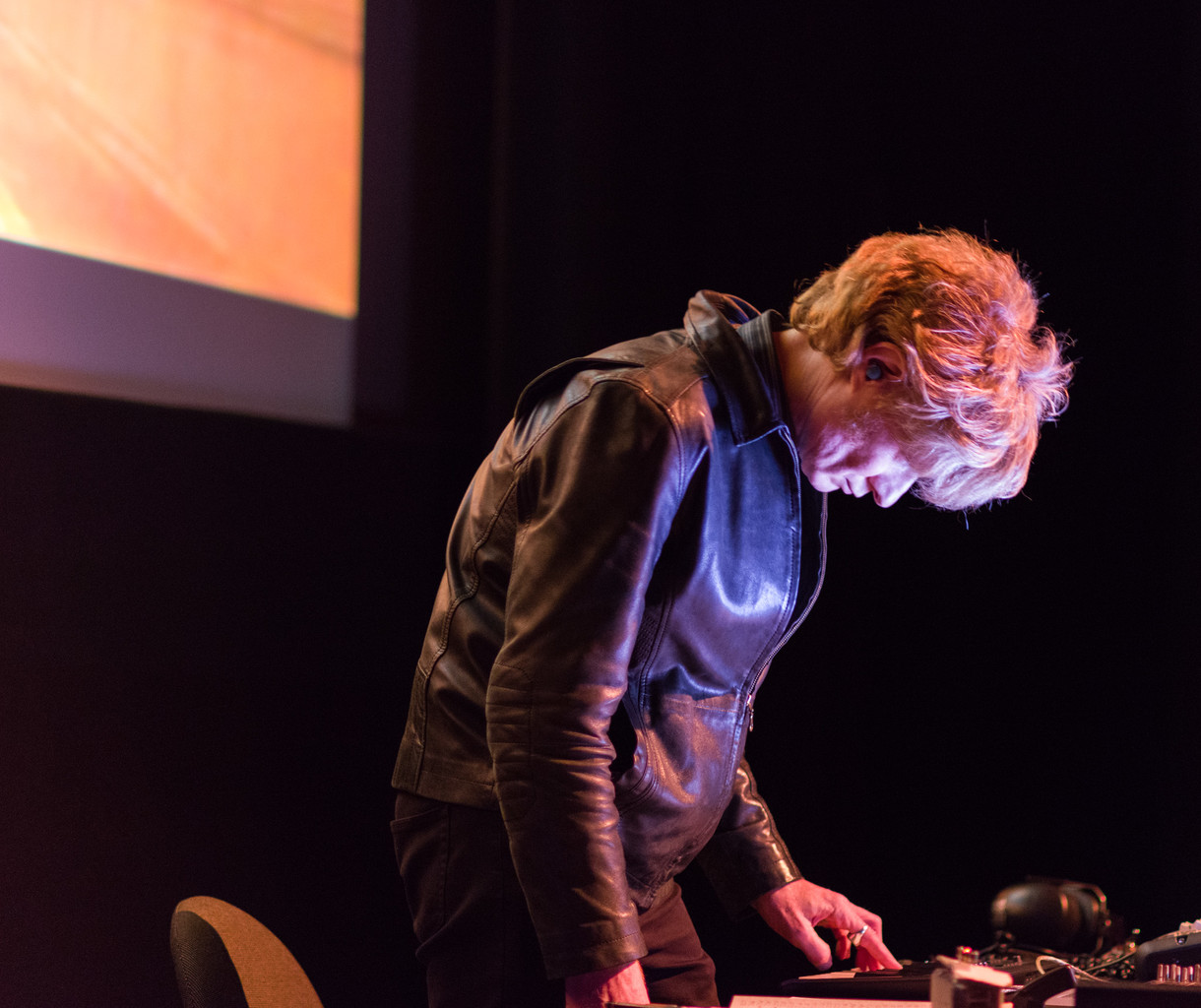
J.G. Thirlwell
J.G. Thirlwell is man of many monikers and even more projects: from the epic avant-garde electro-rock of his thirty-five-year Foetus act to scoring orchestral work; creating sound installations to writing cartoon soundtracks. Fellow sonic artist, Jo Burzynska caught up with the Melbourne-born but long-time New York-resident composer/producer/performer at the Gallery before the opening performance of his first ever New Zealand tour.
Event
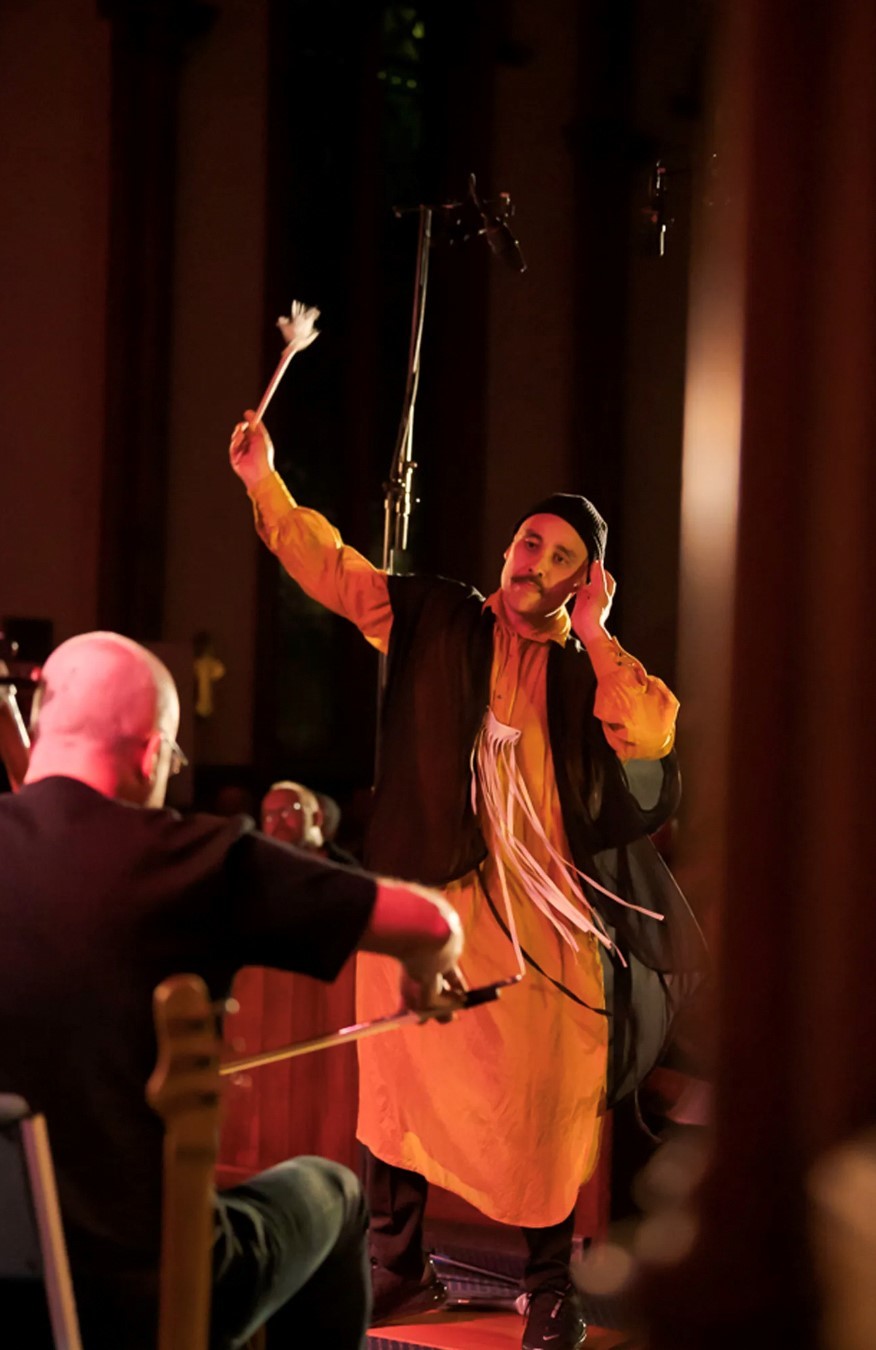
Rangatuone: Music from The Collective Imagination
A collaborative project between composer Riki Pirihi and the Christchurch Symphony Orchestra.
Artist Profile
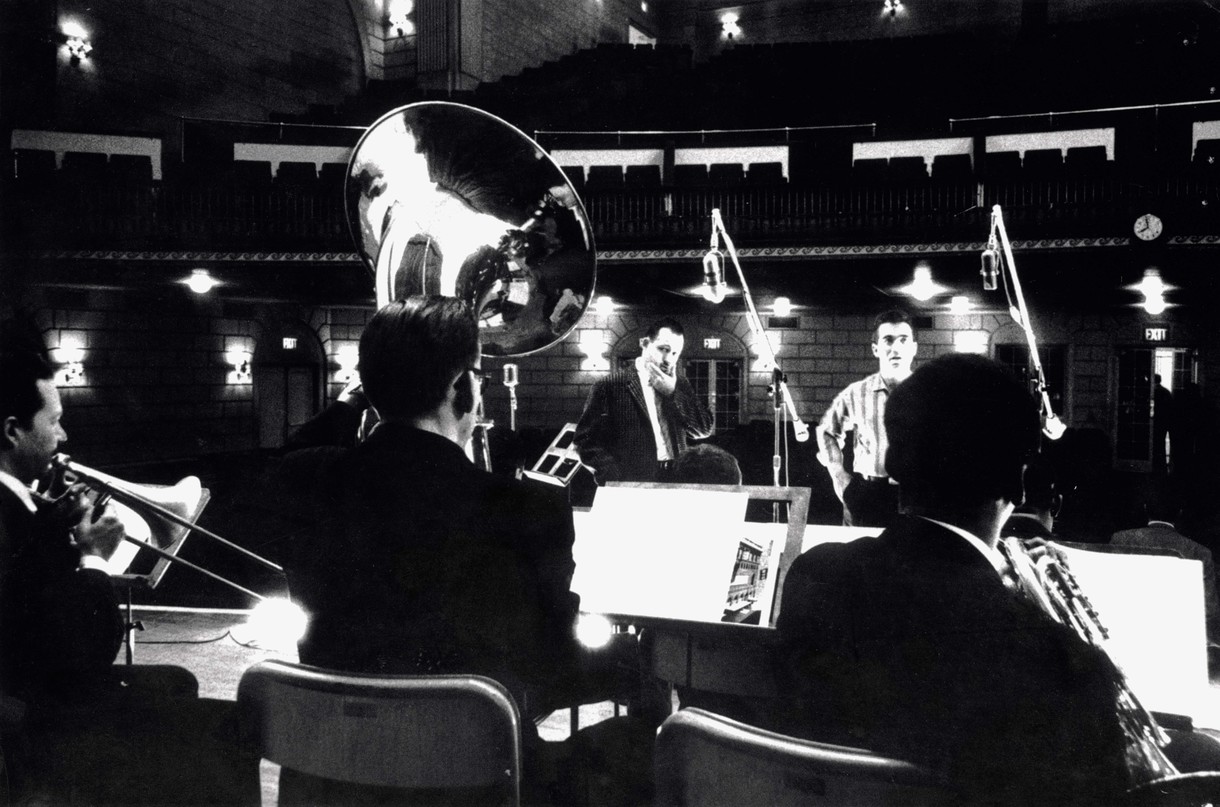
Larence Shustak
Welcome to the world of Larence Shustak—a rule-breaker and image-maker who came of age in the creative cauldron that was New York City in the 1950s. He used a camera as a paintbrush, documenting as well as creatively interpreting his subjects: street people and nudes. Old folks and children. Jazz legends.
Notes
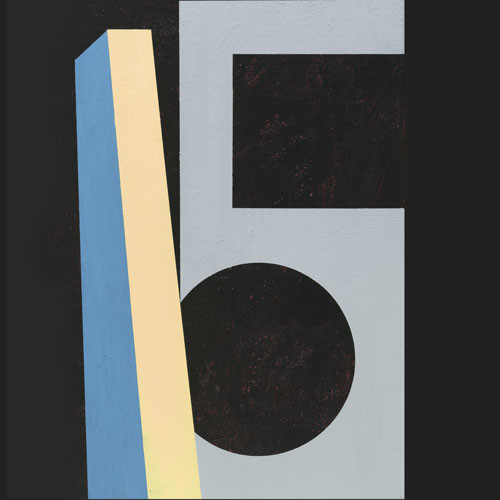
Countdown to Fifteen
Fifteen is our birthday party (guess how old we are…) and it’s less than two weeks away! It’s also the opening event for Tony de Lautour’s US V THEM, which is our big winter exhibition. We asked curator Peter Vangioni and visitor programmes coordinator Amy Marr what they’re most excited about in the incredible line-up for this grand birthday bash.
Notes
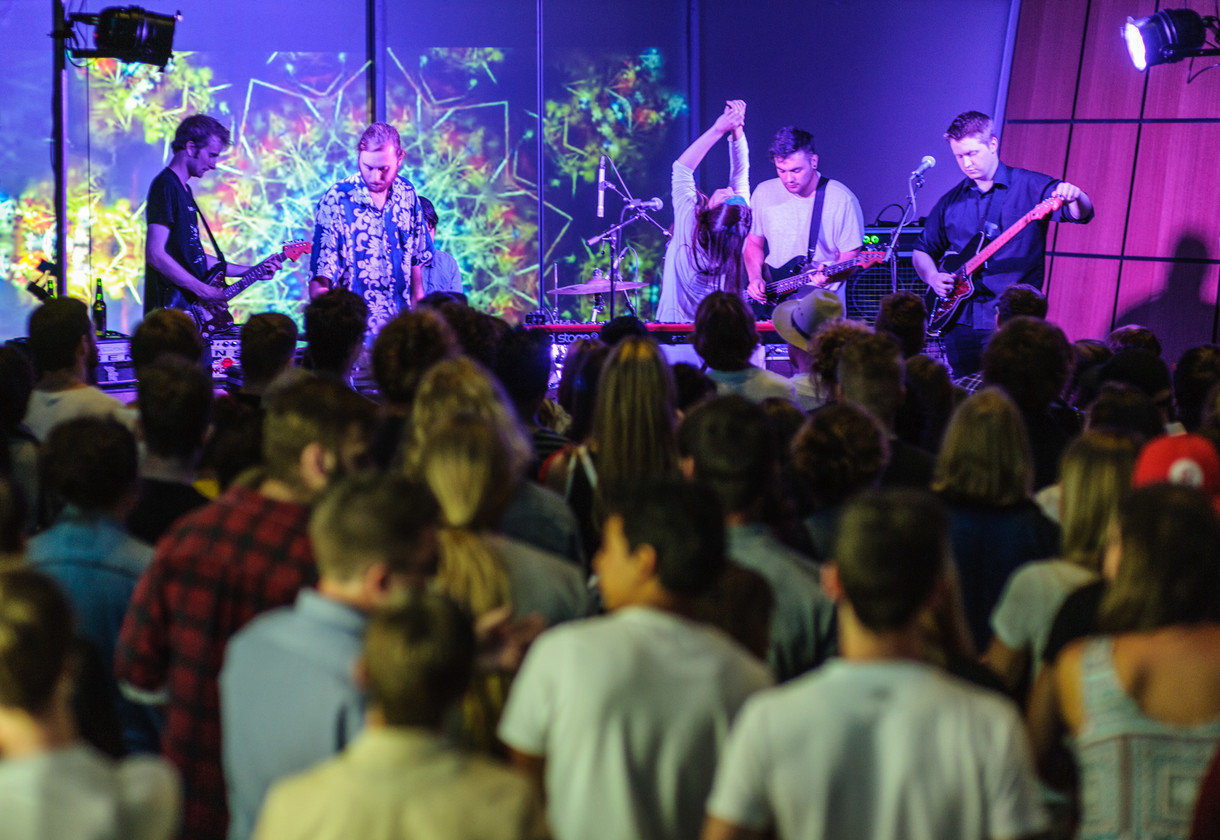
Been to some lame ‘youth’ events lately?
Now’s your chance to help create a cool event for you and your friends!
The Mix is Christchurch’s Art Gallery bi-monthly late-night event – an interactive mix of art, music, film and good people. We want to run a Mix designed, curated and for under 18s – ReMix.
Exhibition
Hidden Light: Early Canterbury and West Coast Photography
Uncovering the remarkable, largely unseen work of early New Zealand photographers.
Commentary
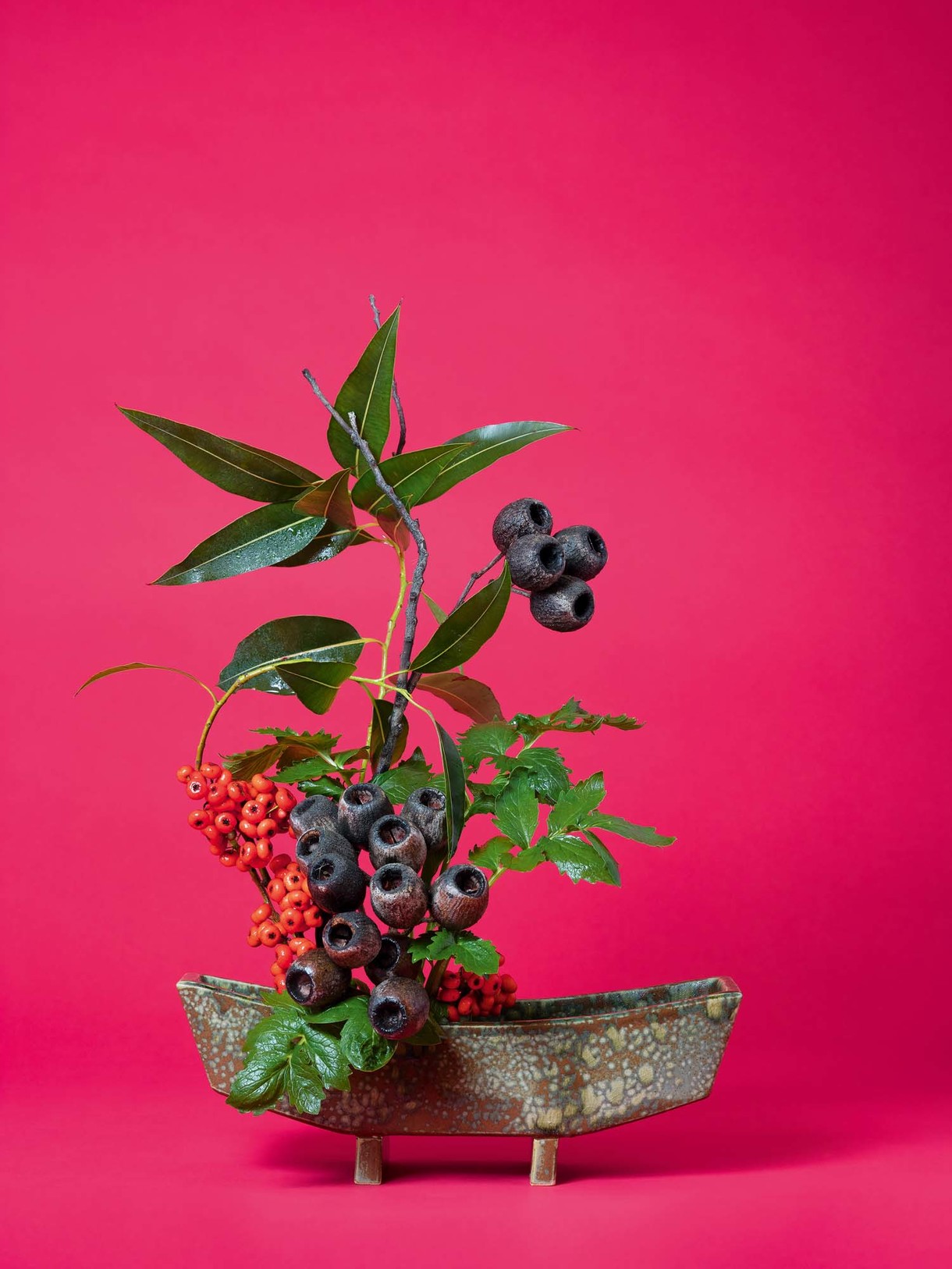
Representing Women: Ann Shelton’s Dark Matter
What is ‘dark matter’? For theoretical physicists it is matter that cannot be directly observed but whose existence is nevertheless scientifically calculable – productively present yet simultaneously invisible. In a similar vein, the everyday phrase ‘dark matter’ describes objects, conditions and situations that harbour unease or trauma. Trauma that is often concealed, repressed, or buried. Both definitions are active in Ann Shelton’s mid-career review exhibition Dark Matter, and they provide a rich point of entry into this compelling collection of her photographic work. These are photographs that bristle with intensity and refuse to let their subjects die a quiet archival death.
Exhibition
Ann Shelton: Dark Matter
An expansive view of Ann Shelton’s tightly conceived, large scale and hyperreal photography
Commentary
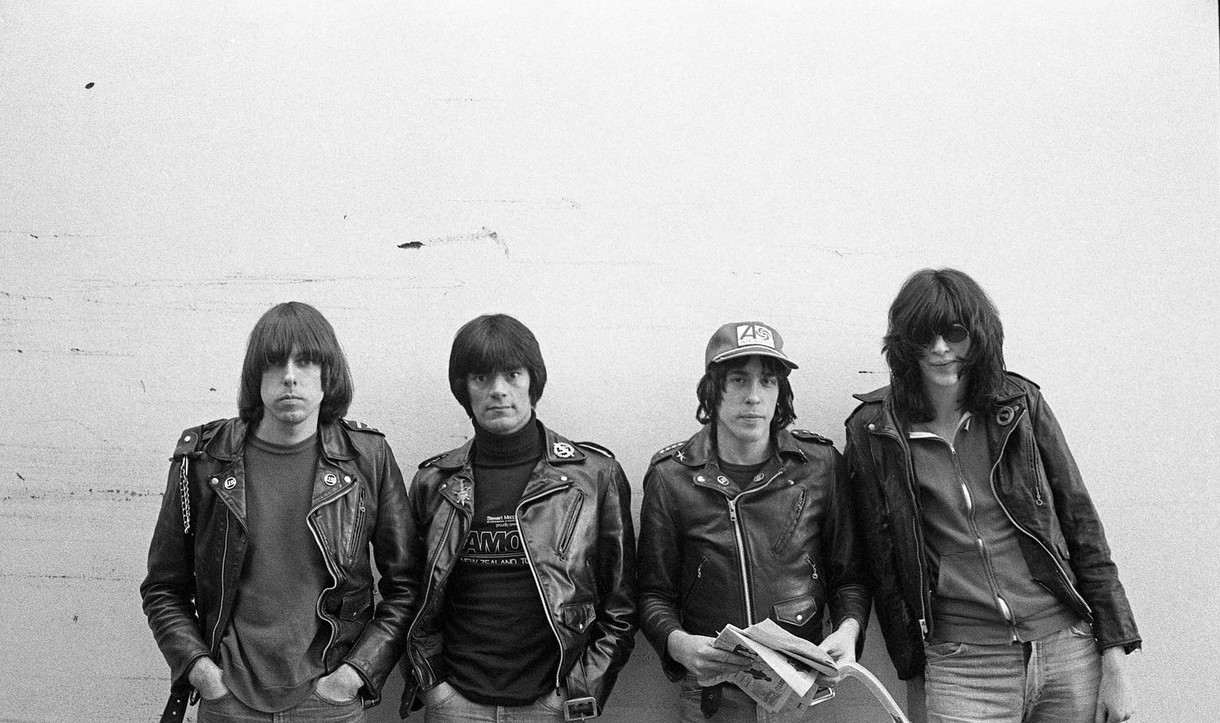
Laurence Aberhart
New Zealand artist Laurence Aberhart is internationally regarded for his photographs of unpeopled landscapes and interiors. He photographs places redolent with the weight of time, which he captures with his century-old large-format camera and careful framing. But he’s always taken more spontaneous photographs of people too, particularly in the years he lived in Christchurch and Lyttelton (1975–83) when he photographed his young family, his friends and occasionally groups of strangers. ‘If I lived in a city again,’ he says, ‘I would photograph people. One of the issues is that I even find it difficult to ask people whether I can photograph a building, so to ask to photograph them – I’m very reticent. I also know that after a number of minutes of waiting for me to set cameras up and take exposure readings and so on, people can get rather annoyed. So it’s not a conscious thing, it’s more just an accident of the way I photograph.’
Notes
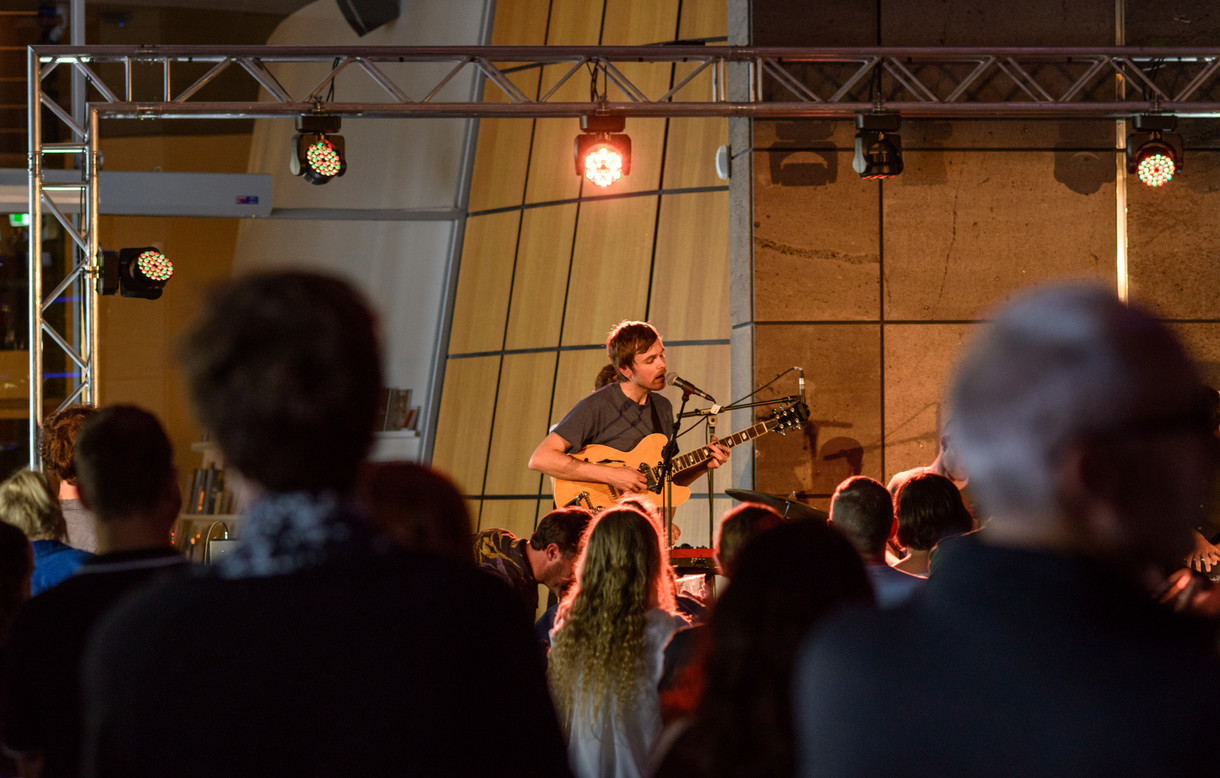
Gallery Happenings: Grayson Gilmour
In early March we were lucky enough to have the incredibly talented Grayson Gilmour performing at the Gallery, supported by the equally talented Purple Pilgrims and New Dawn. I love these gigs, but there is a lot of work to be done behind the scenes to make sure that, by the time the public walk in the door, the foyer is gig ready. The process normally feels like a long, slow marathon with a sprint at the final corner. So here’s a guide to how you too can get the NZI Foyer gig-ready in five (or six) easy steps.
Exhibition
Aberhart Starts Here
Iconic and unseen early photographs of Christchurch by Laurence Aberhart
Artist Profile
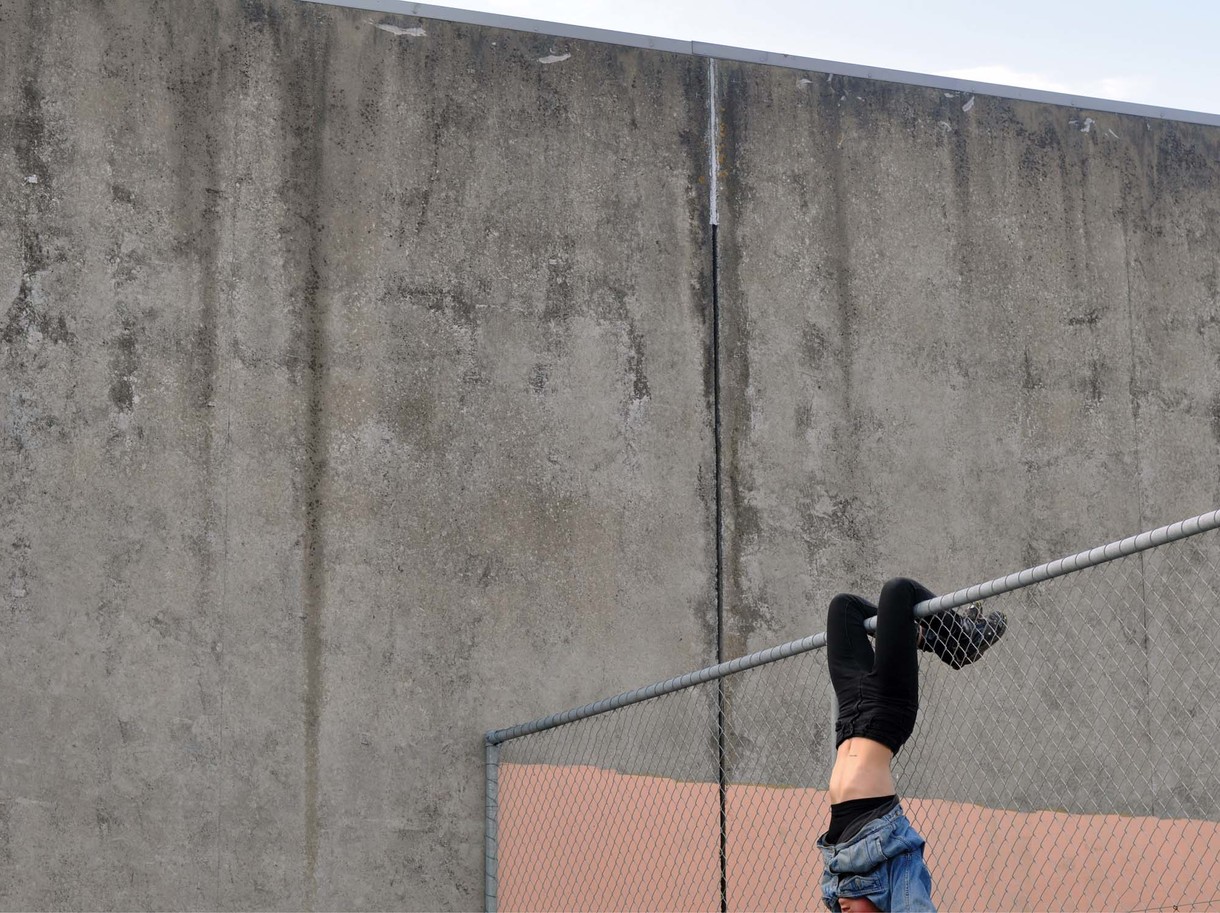
The Devil’s Blind Spot
Te Puna o Waiwhetū Christchurch Art Gallery has a long-standing tradition of curating exhibitions of emerging and early-career artists. We do this in order to contribute to the ecology of the local art world, as well as because – quite straightforwardly – we’re interested in the practices of artists at all stages of their careers, and would like to bring the work of outstanding younger artists to wider public attention. The Devil’s Blind Spot is the latest in this ongoing series, but unlike earlier exhibitions, it’s concerned with a single medium – photography.
Commentary
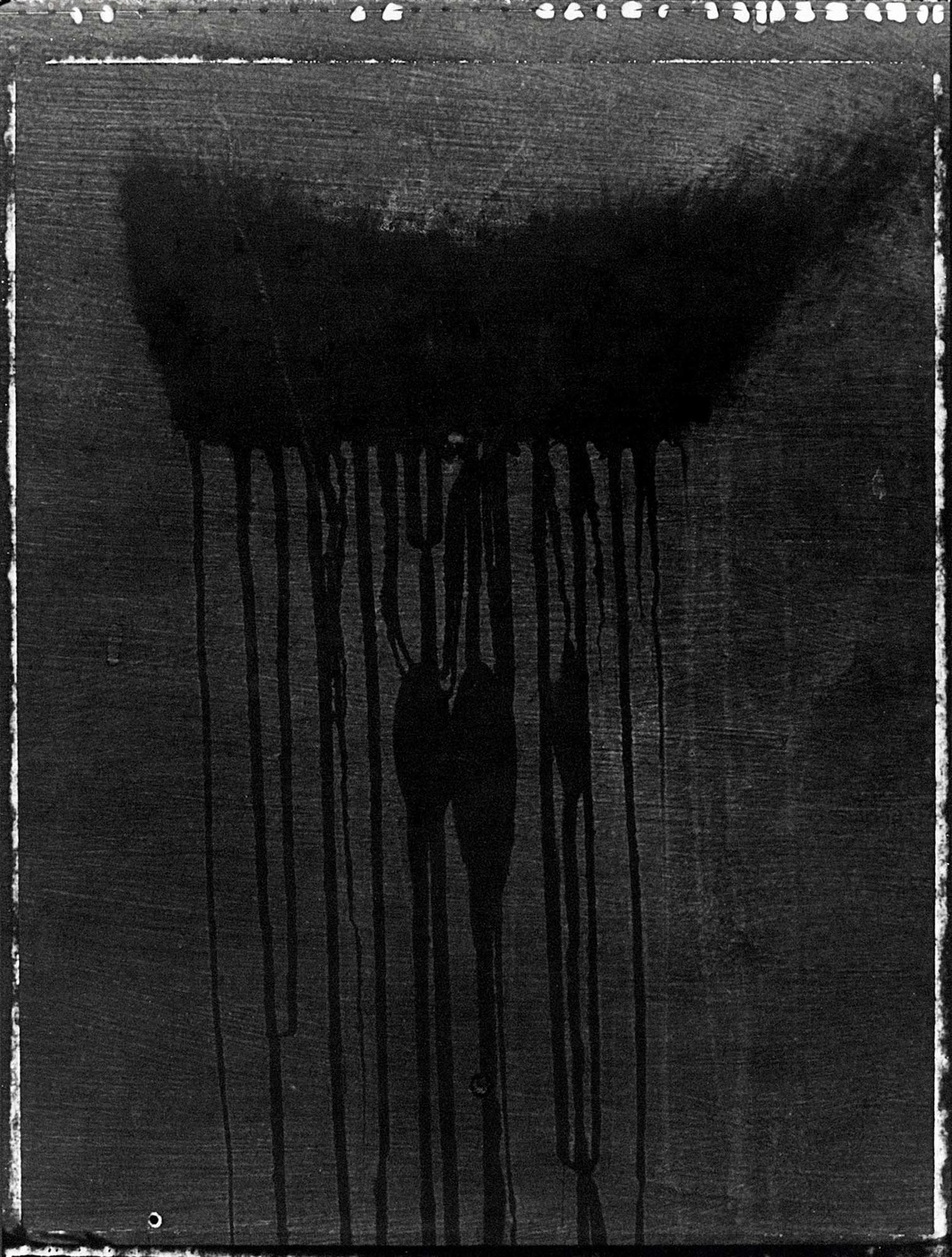
The Camera as a Place of Potential
To Māori, the colour black represents Te Korekore – the realm of potential being, energy, the void, and nothingness. The notion of potential and the presence of women are what I see when I peek at Fiona Pardington’s 1997 work Moko. And I say peek deliberately, because I am quite mindful of this work – it is downright spooky. Moko is a photographic rendering of a seeping water stain upon the blackboard in Pardington’s studio, taken while she was the recipient of the Frances Hodgkins Fellowship in Dunedin in 1997.
Exhibition
Joyce Campbell: Flightdream
Joyce Campbell’s immersive video work takes the viewer on a journey into the ocean’s fathomless depths, exploring processes of creation and annihilation.
Notes
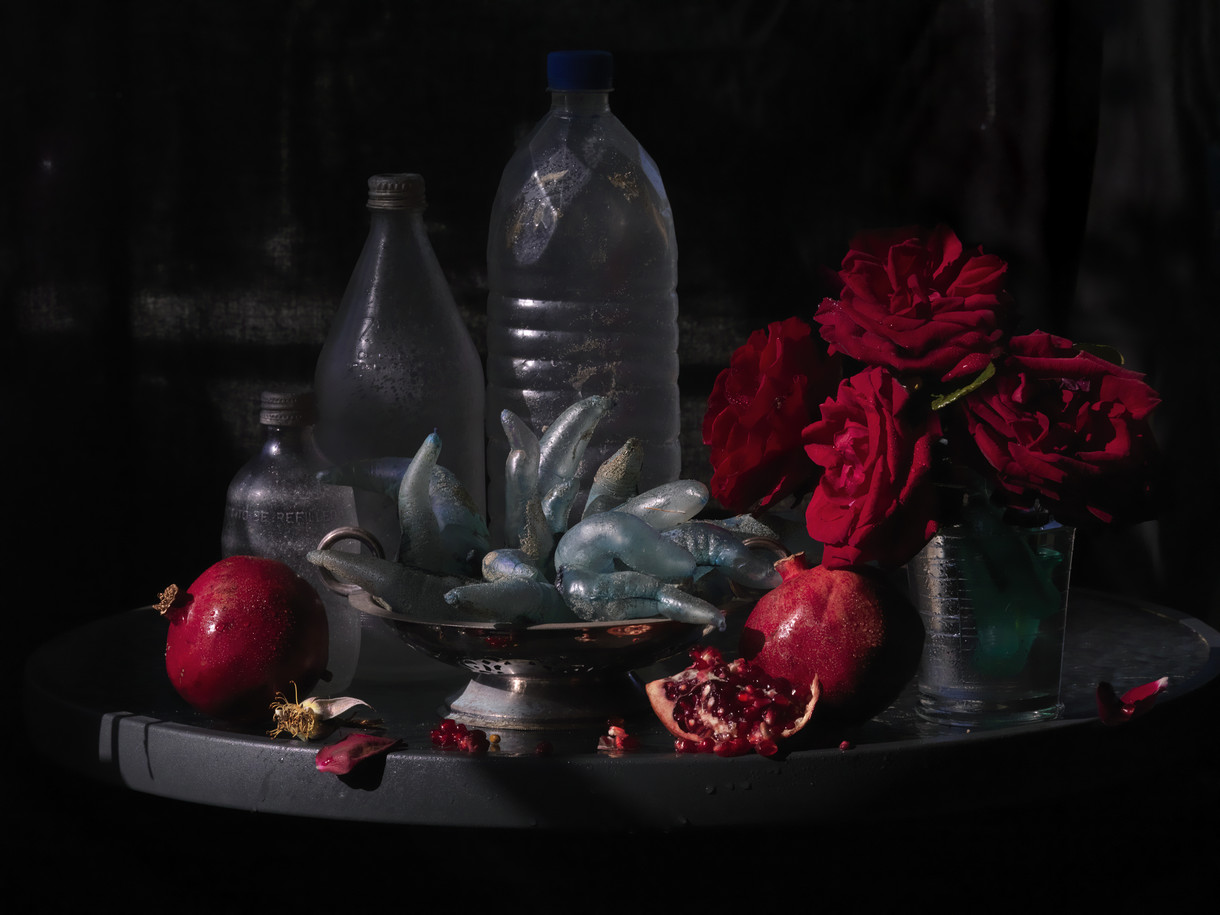
Largest ever Fiona Pardington exhibition opens in Christchurch
Death, sex, flesh and the female gaze are among the many themes explored in the Gallery’s newest exhibition, Fiona Pardington: A Beautiful Hesitation.
Commentary
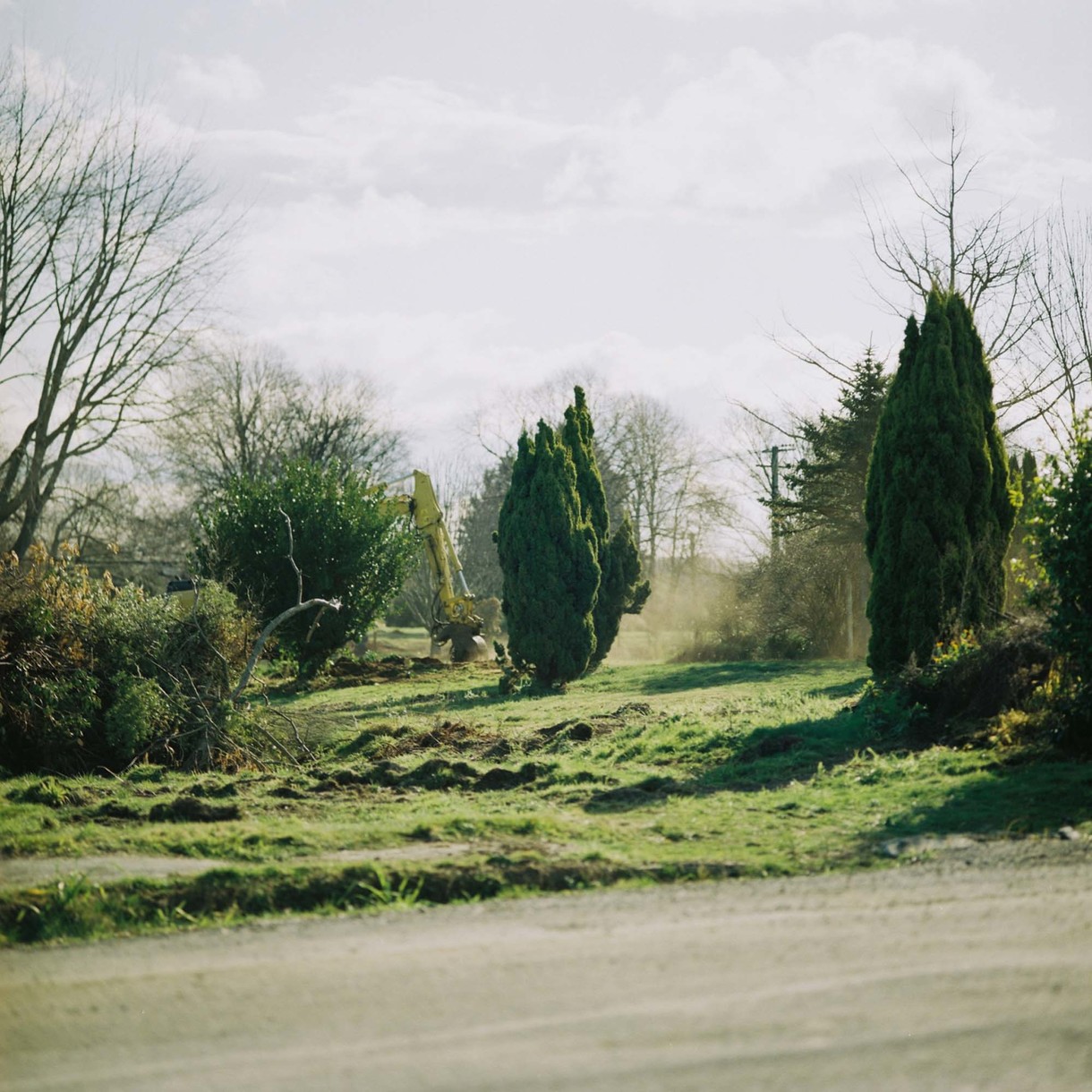
The Lines That Are Left
Of landscape itself as artefact and artifice; as the ground for the inscribing hand of culture and technology; as no clean slate.
— Joanna Paul
The residential Red Zone is mostly green. After each house is demolished, contractors sweep up what is left, cover the section with a layer of soil and plant grass seed. Almost overnight, driveway, yard, porch, garage, shed and house become a little paddock; the border of plants and trees outlining it the only remaining sign that there was once a house there.
Exhibition
Fiona Pardington: A Beautiful Hesitation
A survey exhibition by a leading New Zealand photographer explores sex, death and the female gaze.
Exhibition
Kamala, Astral and Charlotte, Lyttelton, March 1983
Laurence Aberhart's 1983 photograph of Lyttelton children is displayed on our Gloucester Street billboard.
My Favourite
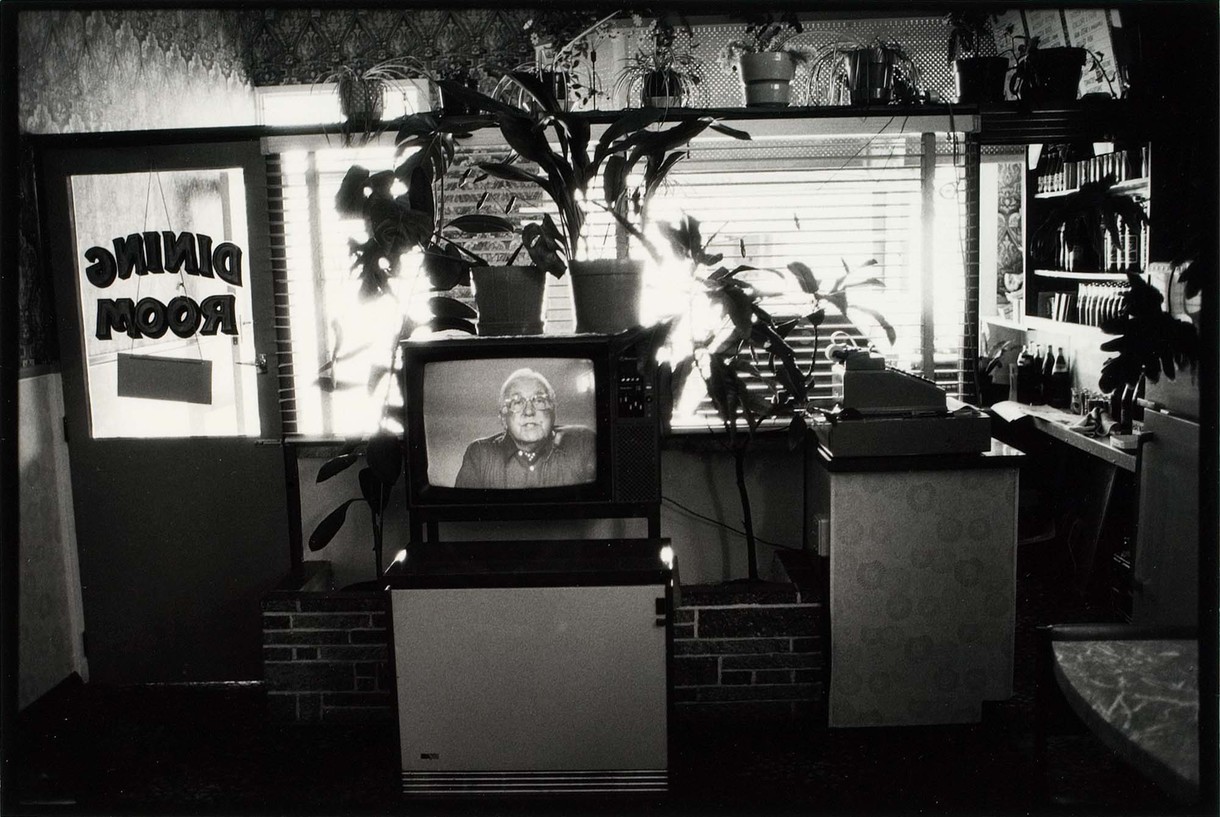
Selwyn Toogood, Levin
I spent much of my adolescence in hospital, confined to bed due to a chronic illness. With a 14" TV beside me, I’d travel to imaginary places via the controller of my Nintendo games console. At the time, I couldn’t imagine walking to the letterbox, let alone experiencing the more exotic places of the world.
Exhibition
Beasts
A generous, multimedia selection of animal-themed works, both lively and thoughtful.
Article
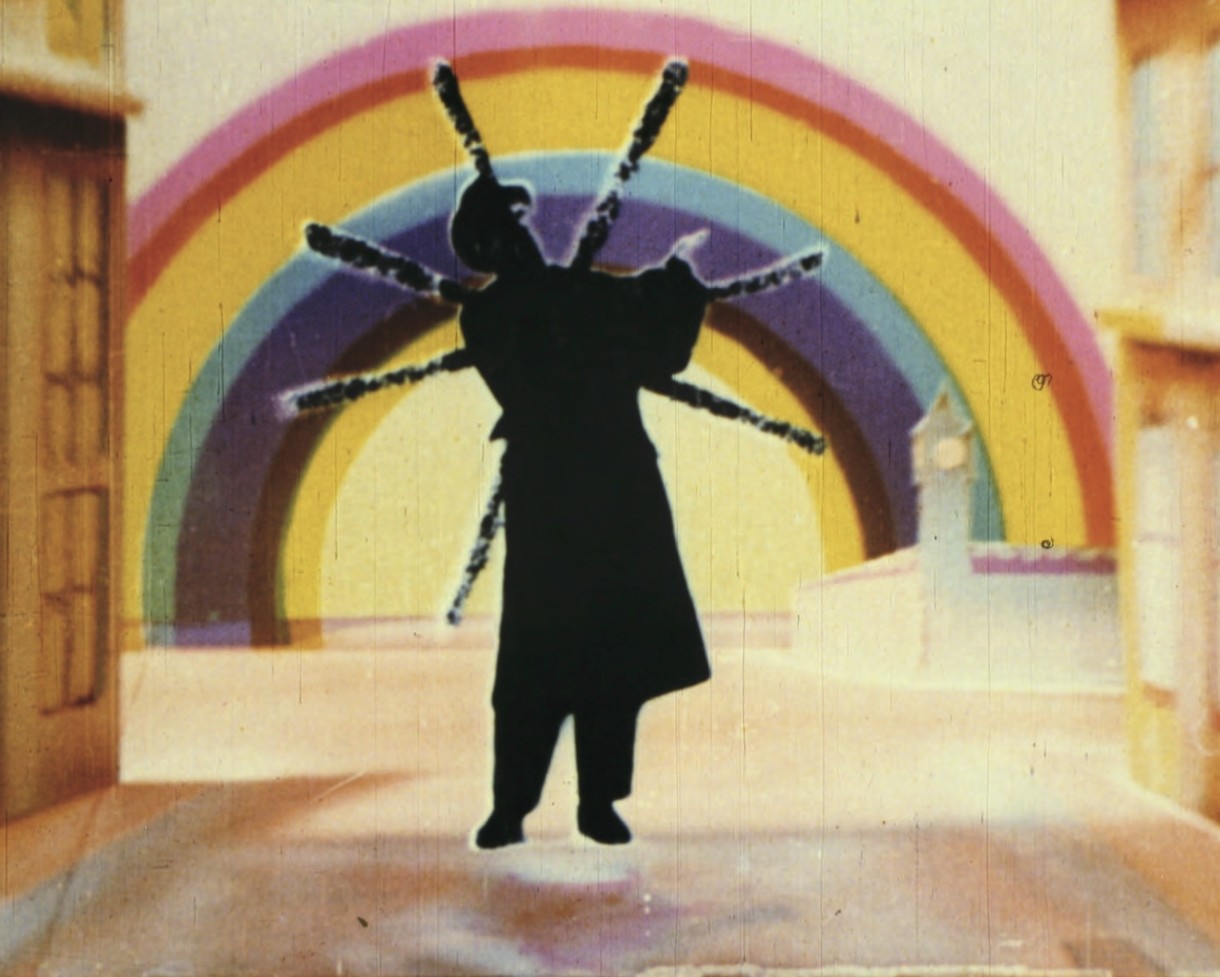
Going online
I’ve never actually seen the Mona Lisa, and it’s a fair bet that most people reading this article haven’t either. Yet, according to Wikipedia, the painting is ‘the best known, the most visited, the most written about, the most sung about, the most parodied work of art in the world’. So how to account for the fame of an artwork we haven’t seen? And what have reproductions of Da Vinci’s sixteenth-century portrait got to teach us about time-based art and the online environment in 2015?
Exhibition
Reuben Paterson: Te Pūtahitangi ō Rehua
Op-art patterns, expanses of glitter and Māori stories of water. They're all set in motion in this dazzling video installation by New Zealand artist Reuben Paterson.
Article
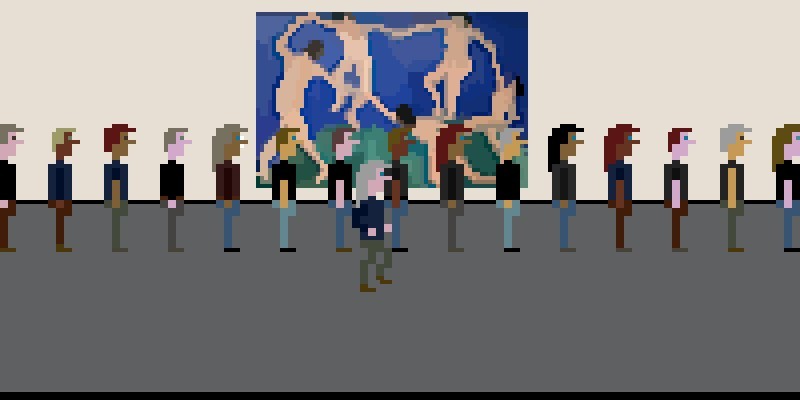
Good game, but is it art
Like any young medium, video games increasingly find themselves the subject of that age old question: is it art? Play itself has a strong presence in the artworld, from Yoko Ono's all-white chess set Play It By Trust to the amusing interactions possible with Franz West's Adaptives, but video games are often regarded with suspicion. Aren't they all just shooting and looting? And even if they're not, how can you tell if they're art?
Notes
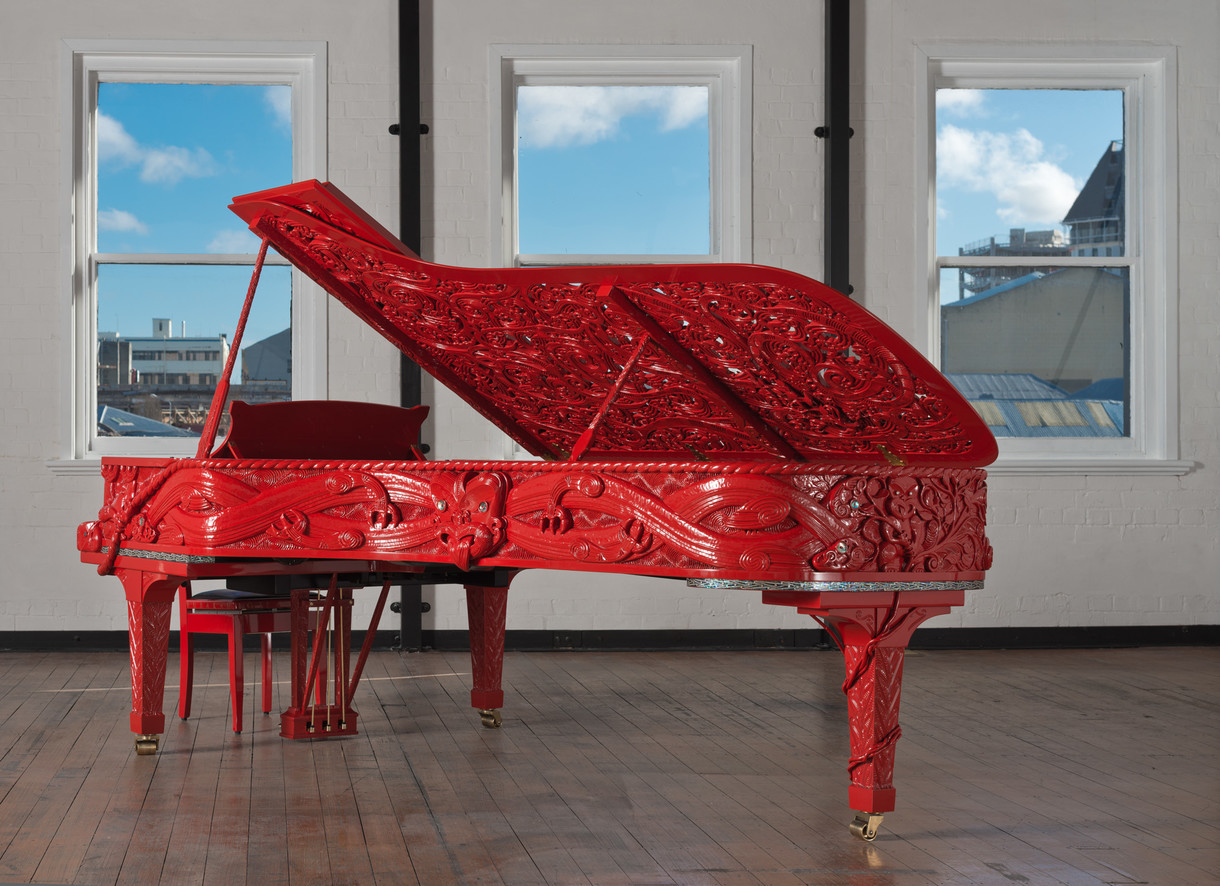
What's the difference between a piano and an onion?
Answer: No one cries when you chop up a piano.
Apparently that's only the third worst piano joke of all time...
Notes
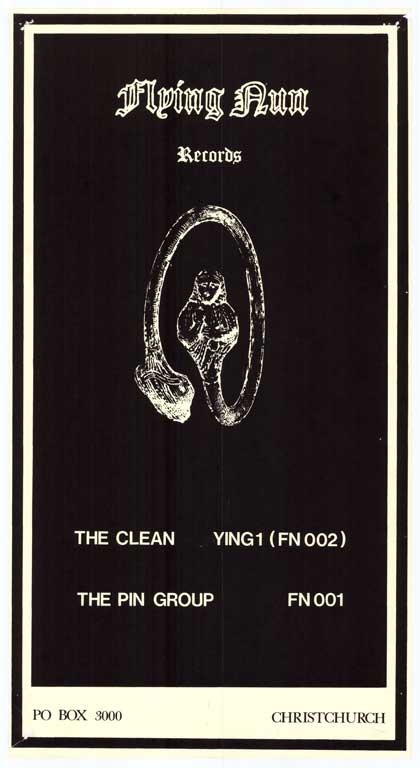
Getting Older - Flying Nun
November sees the 30th anniversary of my favourite record label, Flying Nun Records.
Notes
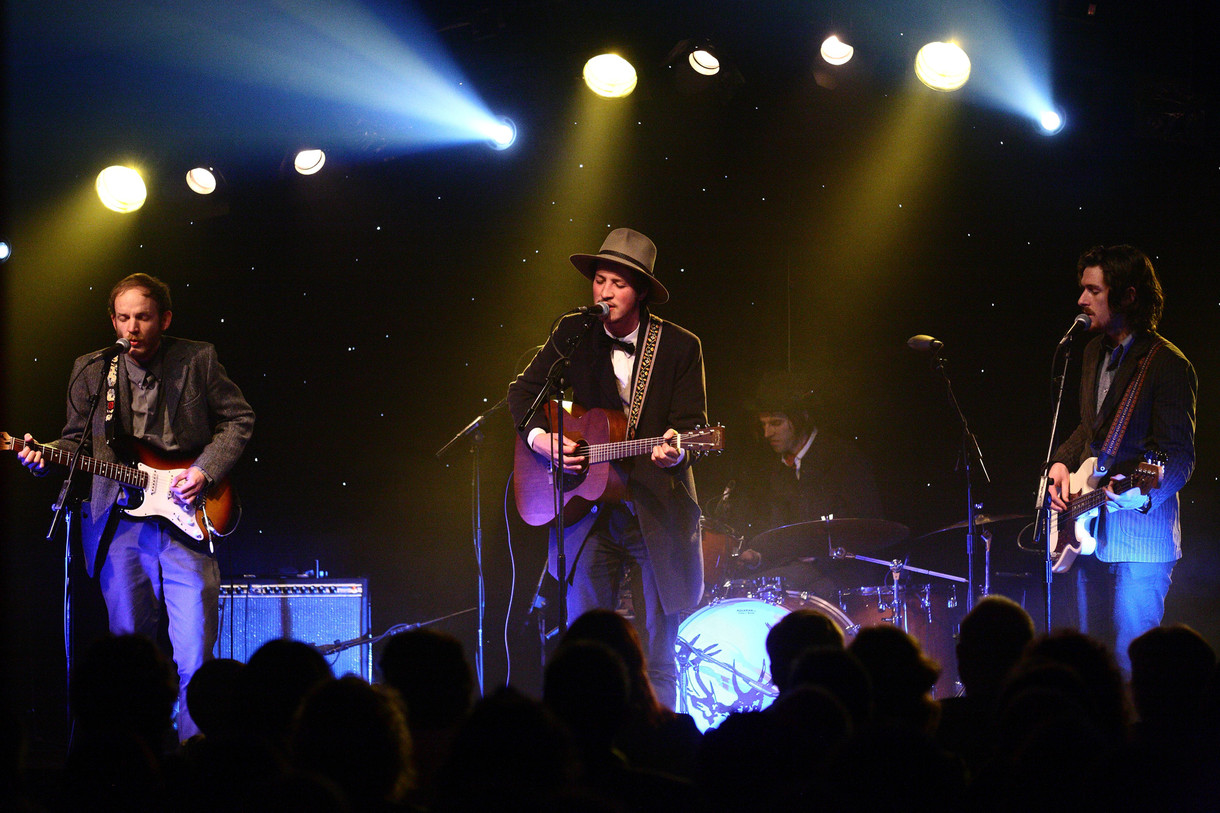
Playing to the Faithful
The 2011 Christchurch Arts Festival has been full of highlights, from theatre to dance to the visual arts. However, it's been the music that has made the biggest impression on me.
Notes
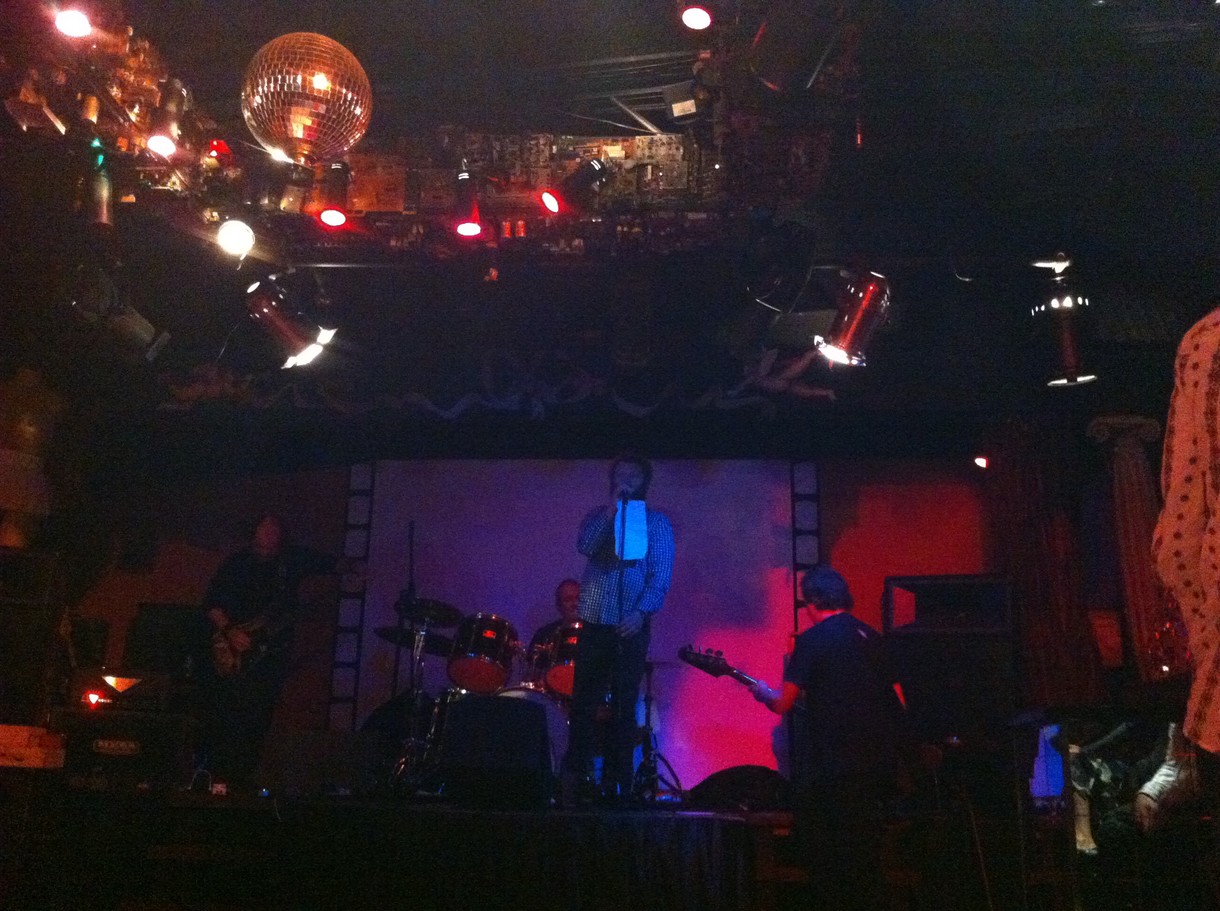
Number 1 Evil, Number 2 Evil, Number 3 Evil…
Finally, the chance to listen to some loud rock music!
Article
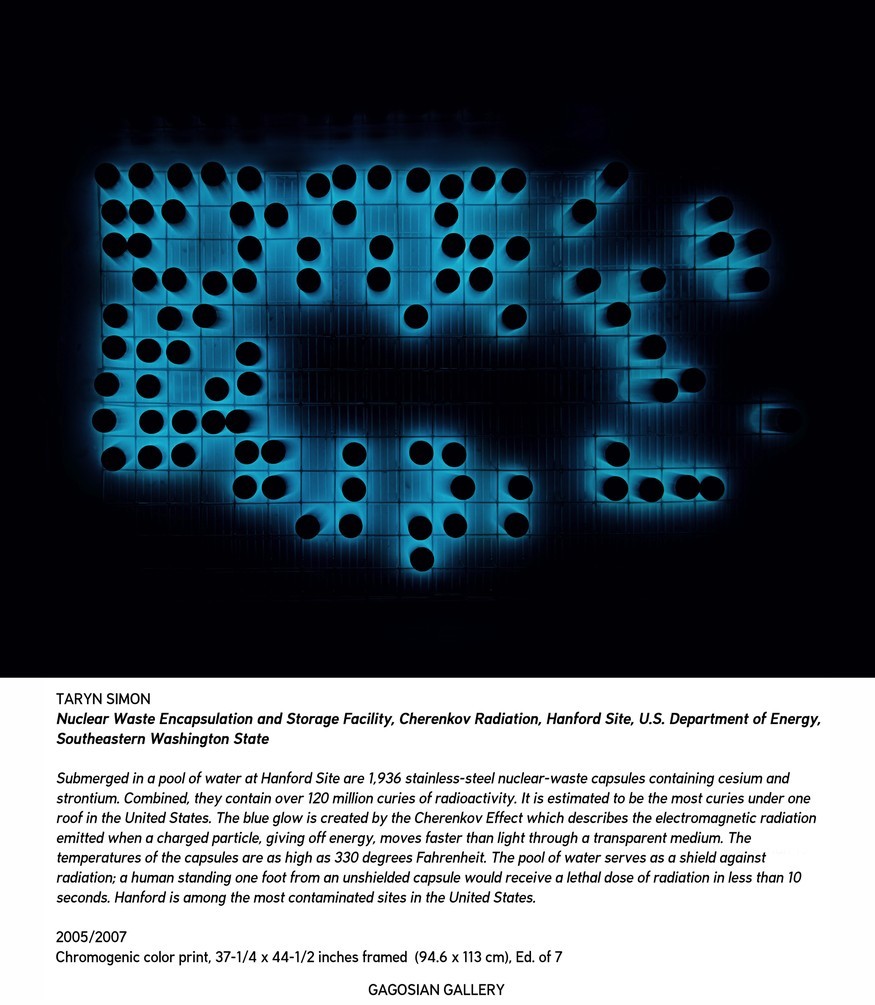
Taryn Simon's known unknowns
In 2003, the American photographer Taryn Simon embarked upon a four-year heart-of-darkness journey. In response to paranoid rumours of WMDs and secret sites in Iraq, she turned her gaze to places and things hidden within her own country.
Exhibition
Laurence Aberhart: Nature Morte
Nature Morte is an exhibition of 105 photographs, taken between 1971 and 1989 by New Zealand photographer Laurence Aberhart.
Notes
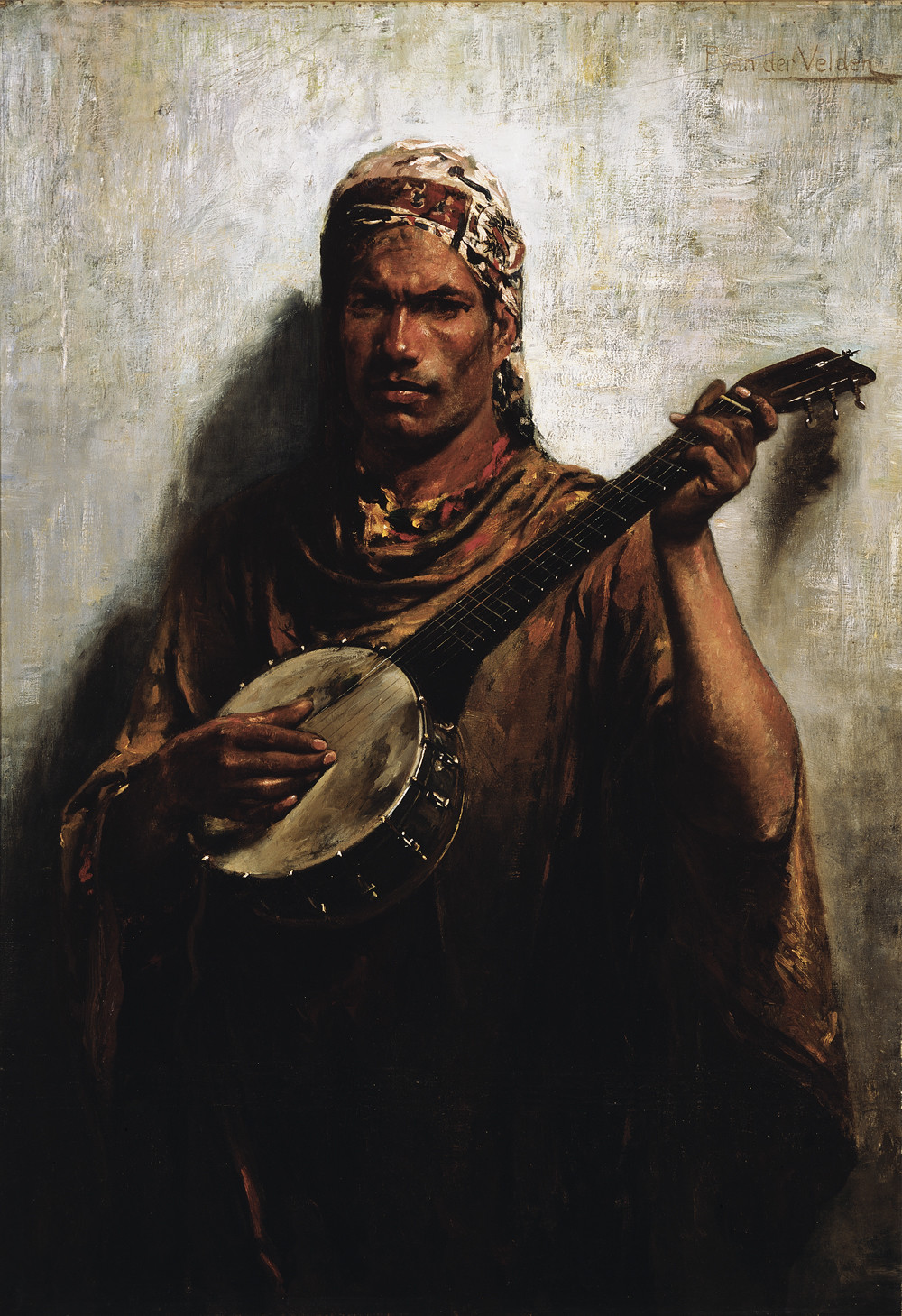
The Satara Player by Petrus van der Velden
Things are not always what they seem. What looks like the result of an artistic foray into exotic lands is, in fact, an 1894 portrait of a Christchurch busker who posed in the studio of Petrus van der Velden.
